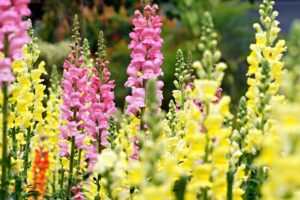Welcome to your ultimate guide for gardening in USDA Zone 9b during the warm month of May! This region, characterized by its warm temperatures and extended growing season, offers ample opportunities for planting an ensemble of vibrant vegetables, tropical flowers, and fruitful plants.
Vegetables To Plant
When selecting vegetables for May planting in Zone 9b, it’s essential to choose varieties that can withstand higher temperatures and produce well under the warm sun. Here are ten vegetables to consider:
Tomatoes
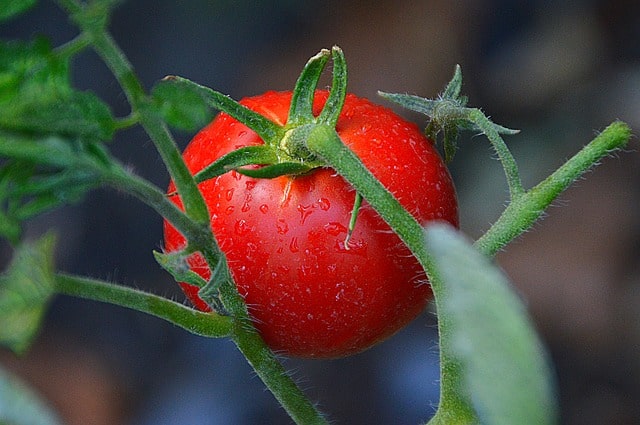
Tomatoes are a staple vegetable for every garden, and they thrive in the warm climate of Zone 9b. Opt for heat-tolerant varieties such as ‘Heatmaster’ or ‘Sun Gold.’ Tomatoes prefer temperatures above 70°F and can tolerate the heat of summer as long as they receive adequate water. Plant them in well-draining soil, enriched with compost for the best results. When planting, ensure a spacing of 18 to 24 inches apart to allow for air circulation, which helps prevent disease. Regularly check for blossom drop in high heat, and consider providing afternoon shade during the hottest days to keep them productive.
Peppers

Both sweet and hot peppers flourish in the warm weather, making May the perfect time for planting. Look for varieties like ‘California Wonder’ or ‘Jalapeño.’ These peppers enjoy full sun and can handle temperatures reaching over 90°F, but consistent watering is crucial. Water deeply, but infrequently, to encourage deep rooting. To maximize yields, pinch back the first flowering to promote bushier plants that produce more fruit over time.
Eggplant
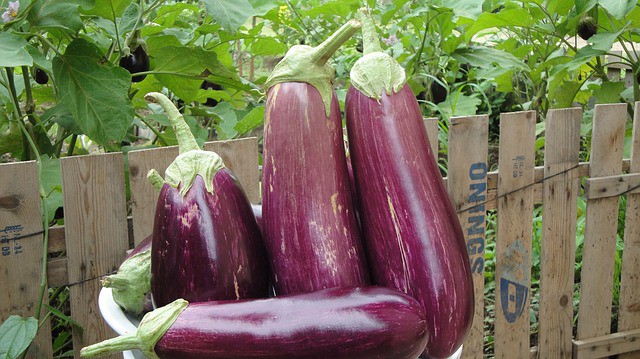
Eggplants, particularly the glossy varieties like ‘Black Beauty,’ thrive in high heat. They require temperatures between 70°F and 85°F for optimal growth and can be harvested within 70 to 80 days. To plant, select a spot with full sunlight and ensure rich, well-drained soil. Eggplants are heavy feeders, so incorporating a balanced fertilizer at planting will promote lush growth and fruitful yields. Watch for pests such as the flea beetle and use organic control methods if needed.
Cucumbers
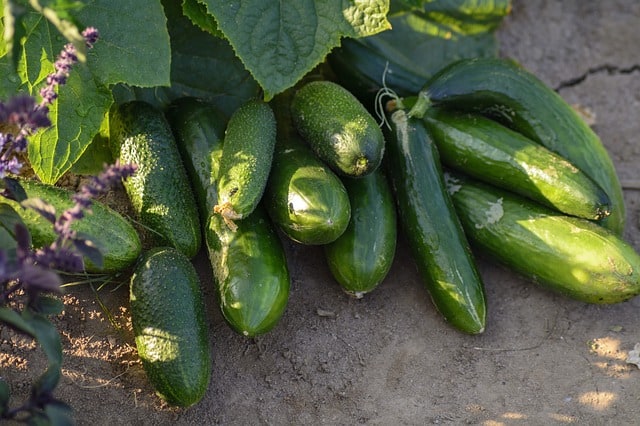
Cucumbers love the heat and can be planted directly into the soil in May. Varieties like ‘Burpless’ and ‘Pickling’ are excellent choices as they mature quickly. A warm soil temperature of at least 70°F will encourage faster germination. Cucumbers prefer sunny locations with good air circulation, which helps prevent mildew. Once they reach about 4 inches in length, they can be harvested regularly to encourage more fruiting. Implementing trellising can save space and improve airflow.
Southern Peas
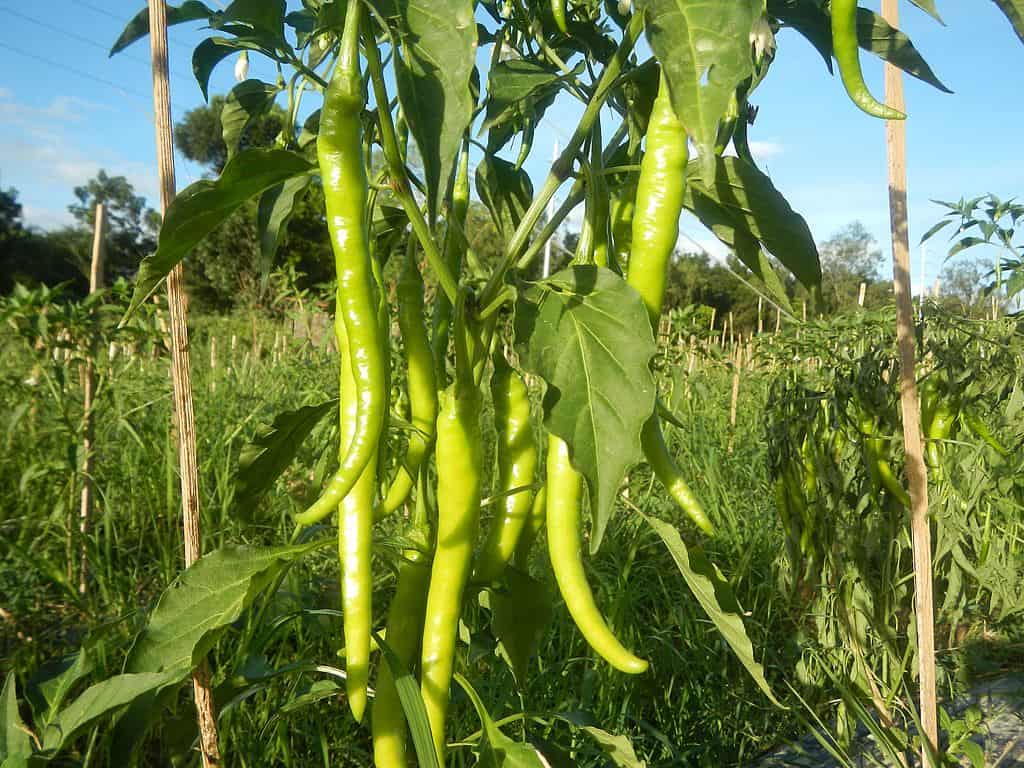
Southern peas, such as black-eyed peas, are perfect for the hot summer months. They thrive in the heat and can be directly seeded into the soil from May onwards. These legumes are drought-tolerant once established and can handle temperatures reaching over 90°F. Ensure you prepare the soil well by tilling and adding organic matter to improve drainage and fertility. Harvest the peas when pods are plump for the best flavor.
Squash
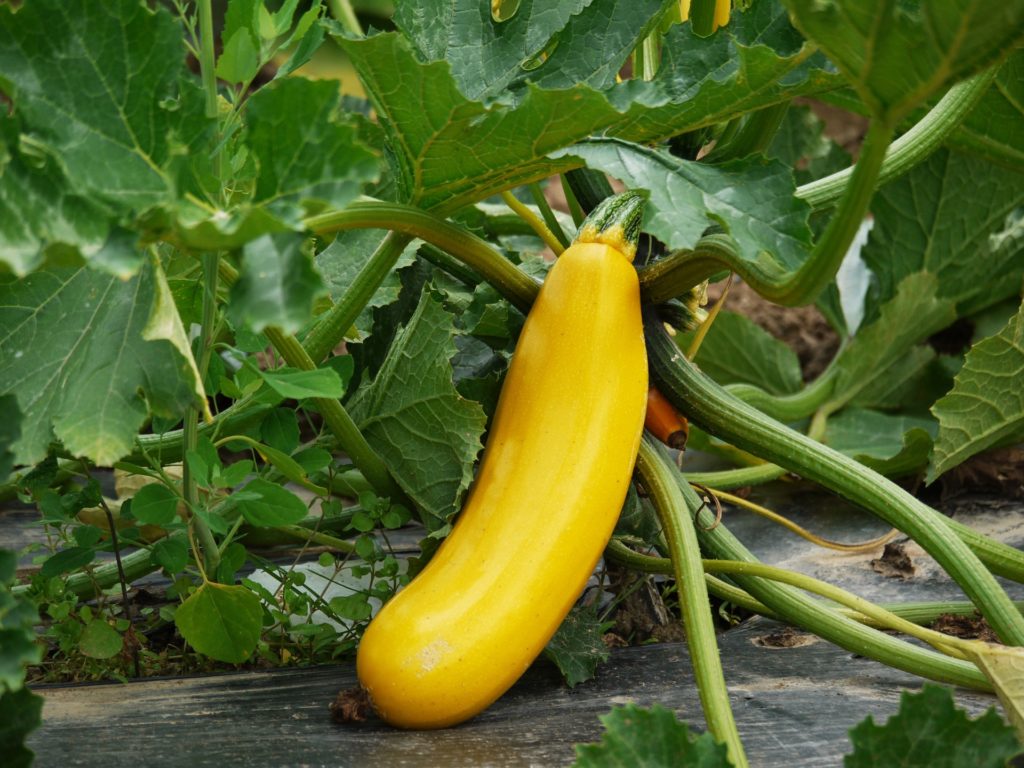
Summer squash varieties, such as ‘Zucchini’ and ‘Crookneck,’ can be sown in May. They require full sun and prefer warm soil for germination. It’s crucial to space plants adequately to allow for air circulation and sunlight penetration since they can be prone to powdery mildew. Regular harvesting of squash will also promote further flower and fruit production. Consider implementing a mulch layer to conserve moisture and keep weeds at bay.
Beans
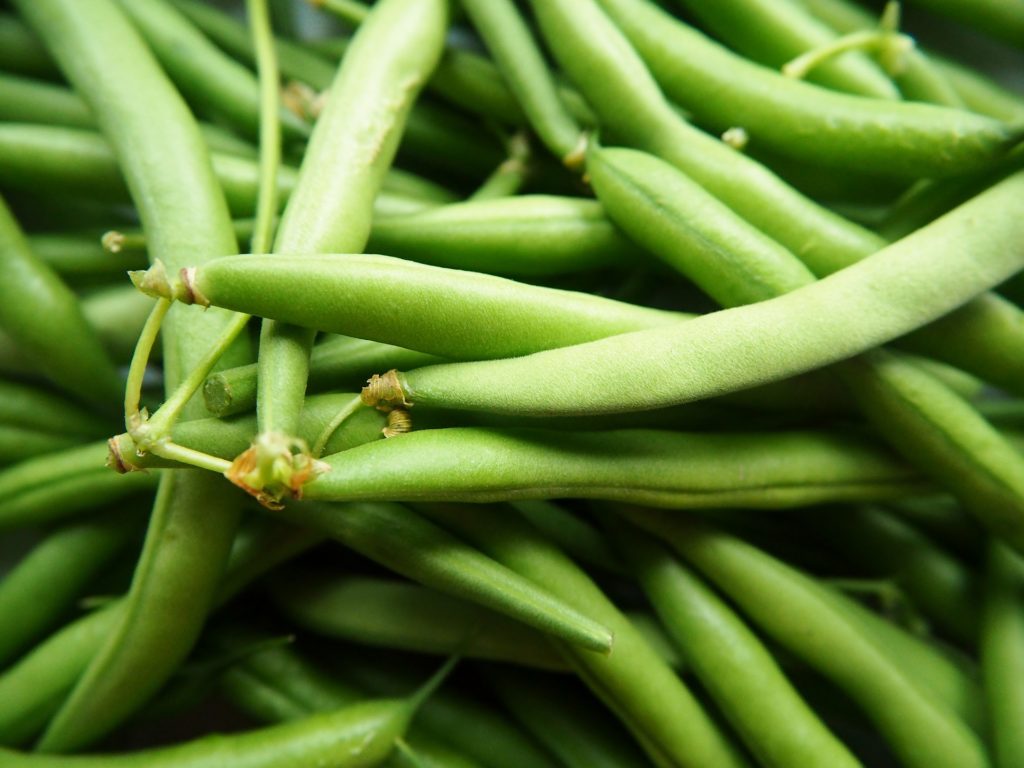
Plant bush or pole beans like ‘Blue Lake’ in May to take advantage of the warm soil. Beans thrive in temperatures consistently between 75°F and 95°F. When planting, choose a location that receives full sunlight and ensure the soil drains well. If planting pole beans, provide supports like trellises early on, so plants can climb easily. Regular watering during flowering and pod development is also critical for achieving a good harvest.
Corn
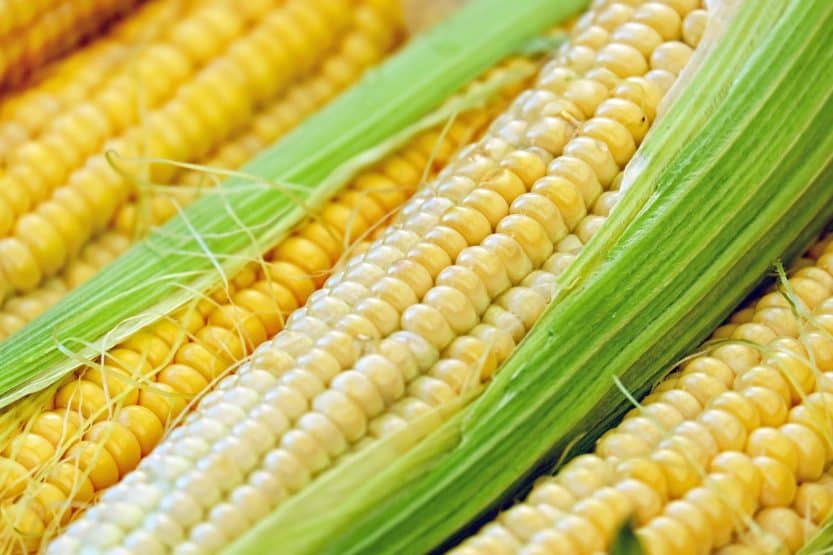
Corn thrives in warm climates and can be planted in May. Sweet corn varieties such as ‘Silver Queen’ do well in Zone 9b, producing sweet, juicy cobs when temperatures reach a sweet spot of 80°F to 90°F. Ensure that corn is planted in blocks rather than rows as this enhances pollination, leading to better yields. Additionally, maintaining consistent moisture is vital during the critical pollination stage, so regular watering is key.
Okra
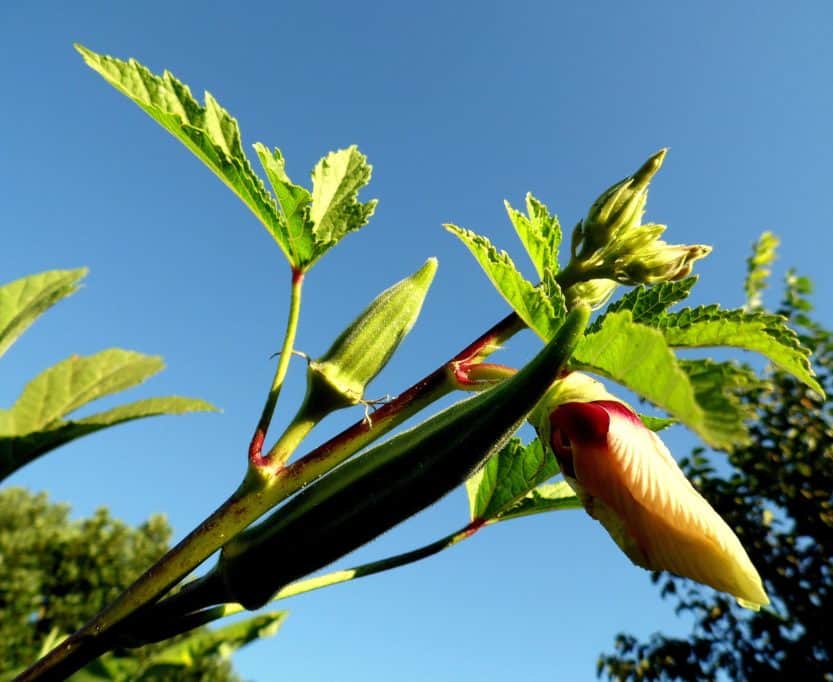
Okra is another heat-loving vegetable perfect for May in Zone 9b. Varieties like ‘Clemson Spineless’ can thrive in temperatures as high as 100°F. They prefer fertile, well-drained soil and should be spaced 12 inches apart to allow room for growth. Regular watering is necessary, particularly during flowering when pods form. Harvesting okra regularly encourages continued production, so aim to pick pods when they are young and tender.
Melons
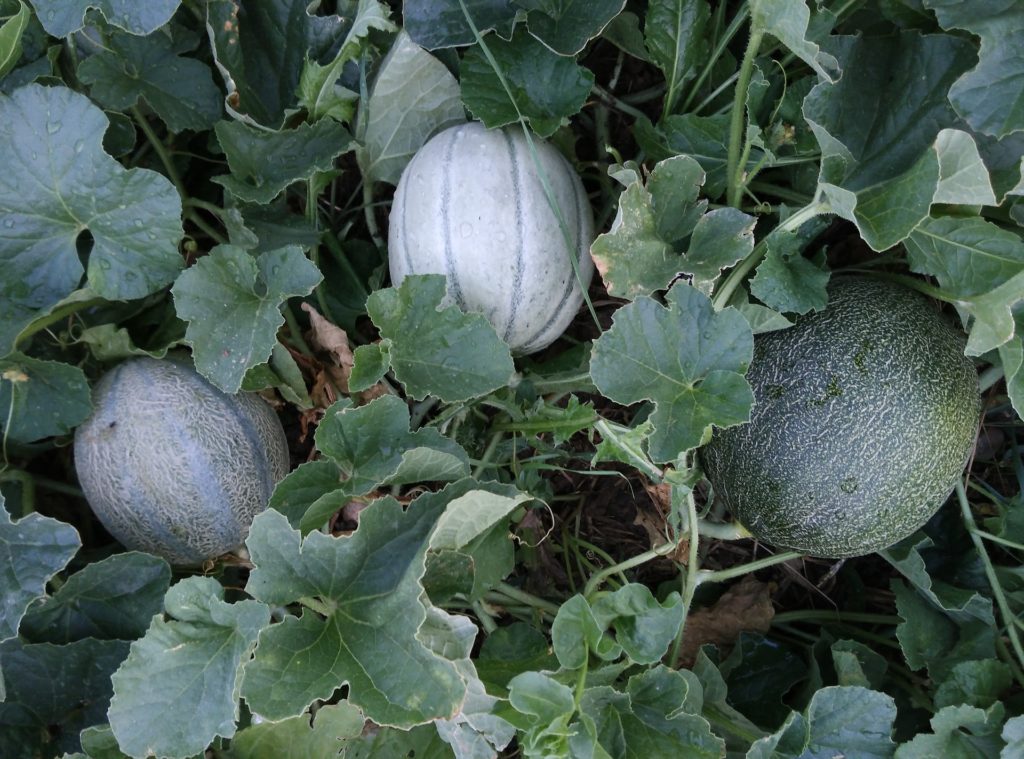
Melons, including cantaloupes and watermelons, are perfect for the summer heat. They thrive in well-draining soil and love full sun. Planting them in May allows them to mature by the time the heat intensifies. Choose a sunny spot and ensure they have enough space to sprawl, as they can take over garden beds if left unchecked. Provide regular, deep watering until established, as this will encourage sweetness in the fruit.
Tropical Flowers To Plant
In the vibrant landscape of Zone 9b, May is an excellent time to establish a palette of tropical flowers that can handle the region’s warmth. Here are ten tropical flowers to brighten your garden:
Bougainvillea
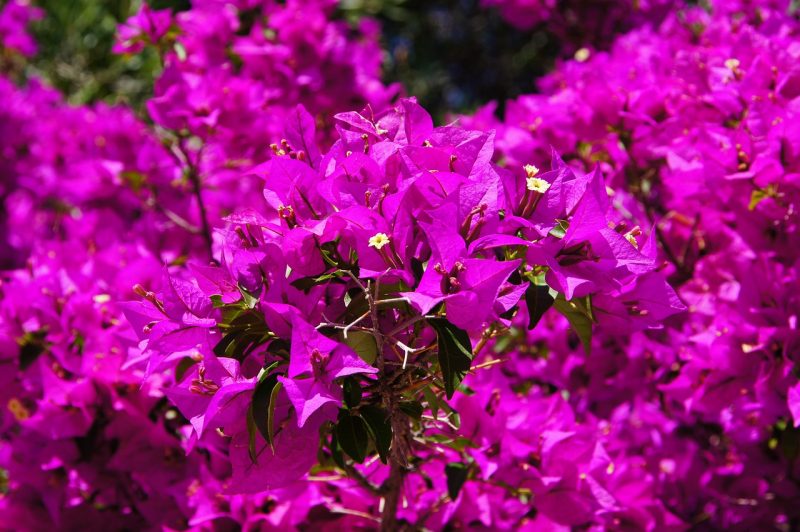
Bougainvillea is characterized by stunning bracts that come in various colors, making it a must-have for vibrant gardens. It thrives in full sun and is drought-resistant once established, which is key for the hot and dry summers in Zone 9b. To encourage blooming, prune bougainvillea after flowering in late spring. Proper staking or trellising during its growth allows for better coverage and display.
Hibiscus
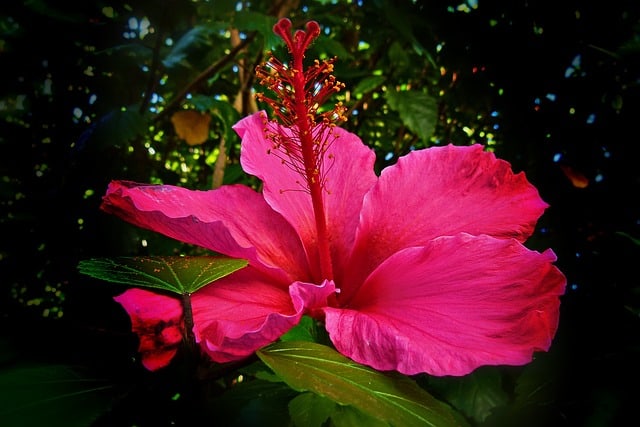
Hibiscus flowers are synonymous with tropical gardens and can produce blooms throughout the summer. Plant varieties like ‘Hibiscus rosa-sinensis’ in well-drained, nutrient-rich soil for the best results. These plants need regular watering to thrive and benefit from mulch to retain soil moisture. Pruning dead or weak branches in early spring encourages healthy growth and ensures a beautiful display during the summer months.
Lantana
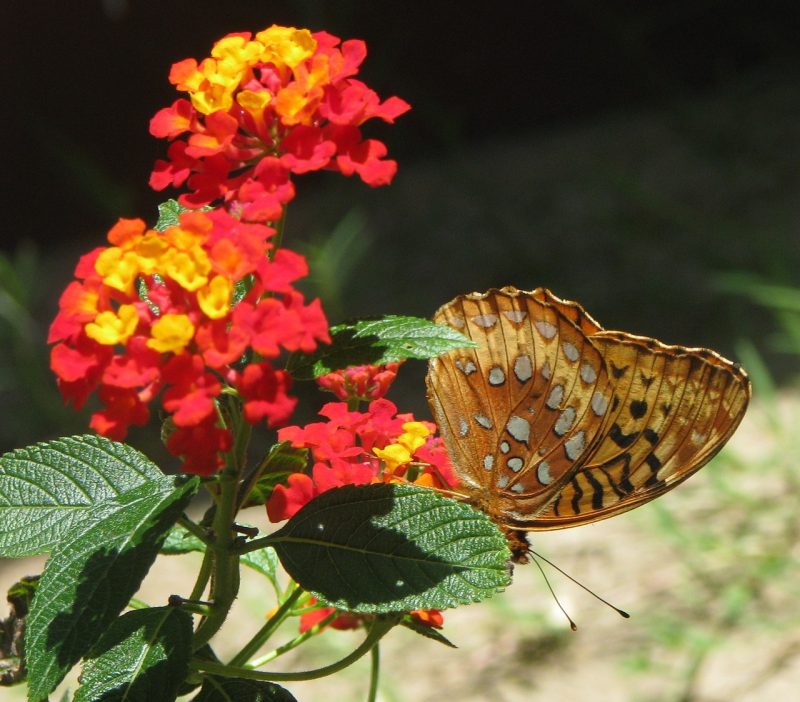
Lantana is a resilient flowering plant that loves the heat and requires minimal care. Active through the summer, it’s also attractive to butterflies and pollinators. When planting in May, ensure they’re placed in well-draining soil, but they can tolerate drought once established. Regular deadheading encourages more blooms and prevents the plant from becoming leggy over time.
Plumeria
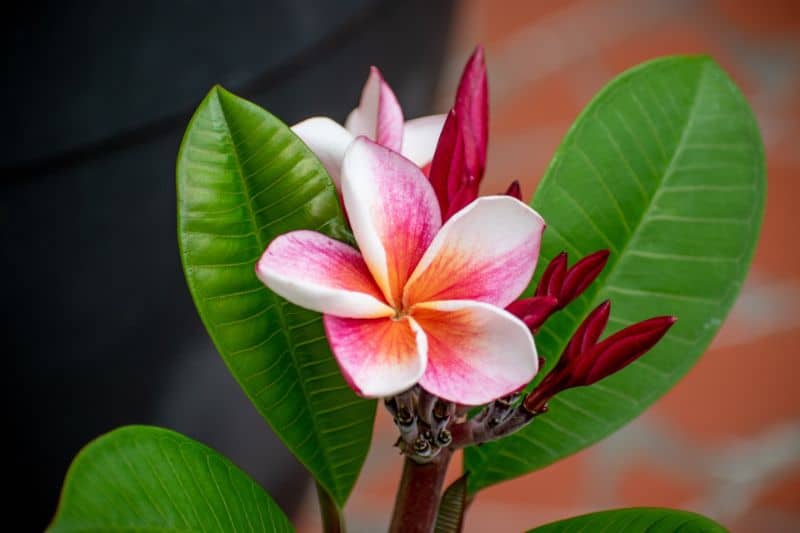
Known for its fragrant flowers, Plumeria thrives in the heat of Zone 9b. Planting in May ensures a bountiful bloom throughout summer. These plants love full sun and well-drained soil; ensure good drainage to prevent root rot. Regular watering is essential, especially during flowering. Fertilizing with a balanced fertilizer or floral food will enhance the size and vibrancy of the blooms.
Pentas
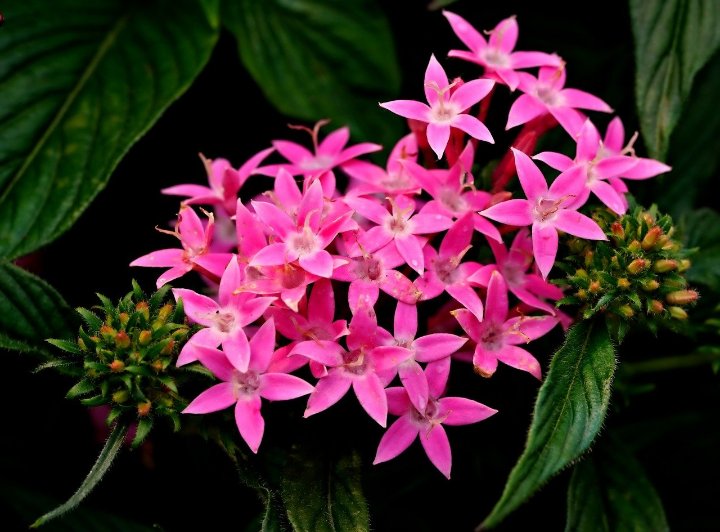
Pentas are excellent for attracting pollinators and love warm temperatures, making May ideally suited for planting. They bloom profusely in a variety of colors. Pentas prefer well-draining soil and full sun. Regular deadheading encourages continuous blooming throughout the summer, while minimal pruning in early spring helps maintain their shape.
Tropical Milkweed
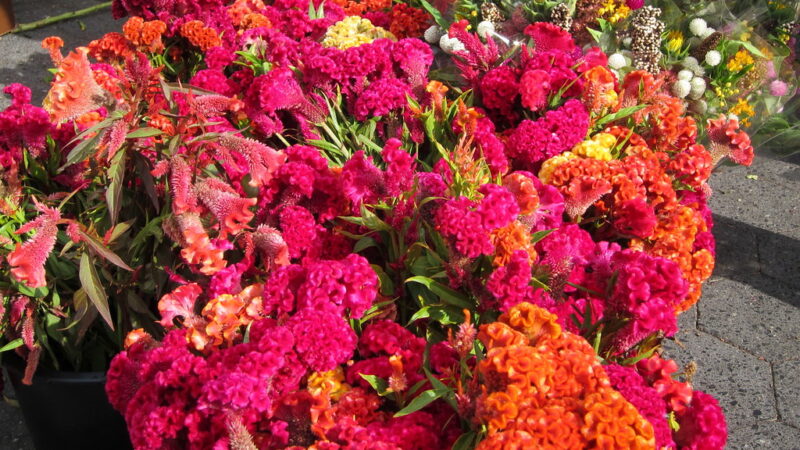
Asclepias curassavica, or tropical milkweed, is ideal for colorful summer blooms while serving as a host plant for monarch butterflies. It enjoys full sun and well-draining soil. Planting in May will yield a robust growth season. Ensure you routinely check for pest issues such as aphids, and consider natural pest controls to keep them healthy.
Geraniums
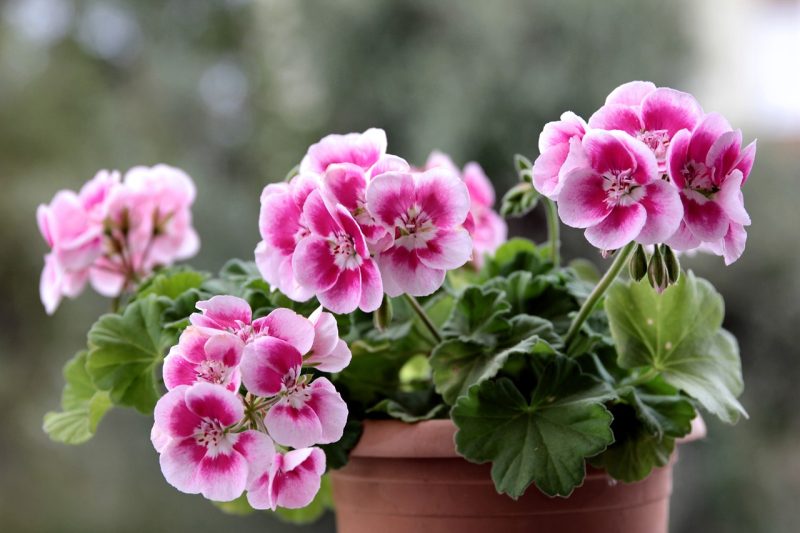
While some geranium varieties can struggle in extreme heat, selecting heat-tolerant types such as ‘Martha Washington’ or ‘Zonal’ allows for beautiful summer blooms. Planting in May ensures they’ve established roots before temperature peaks. Plant them in rich, well-drained soil and provide regular watering without allowing them to sit in water, as they prefer slightly dry conditions between waterings.
Zinnia
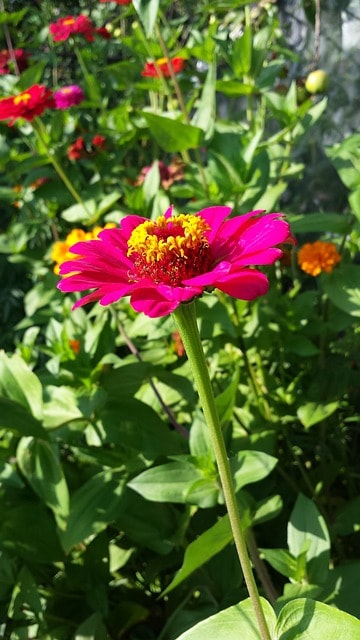
Zinnias are known for their resilience and vibrant colors. They thrive in the heat, and May is perfect for planting. Direct-seeding zinnia seeds into well-draining soil allows for easy growth while you enjoy their bloom between summer and fall. Regularly deadheading spent flowers encourages continuous blooming and keeps the plants looking tidy.
Ixora
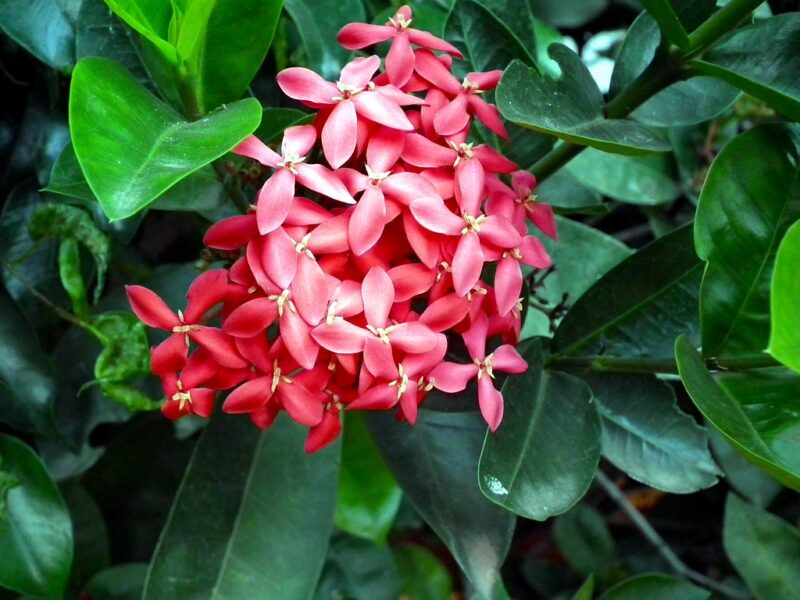
This tropical shrub produces clusters of tiny flowers in colors ranging from yellow to red. Ixora loves full sun and well-drained soil and can be established in May. Mulching around the base helps retain moisture and prevents weeds. Prune off spent flowers to encourage further growth and denser foliage.
Allamanda
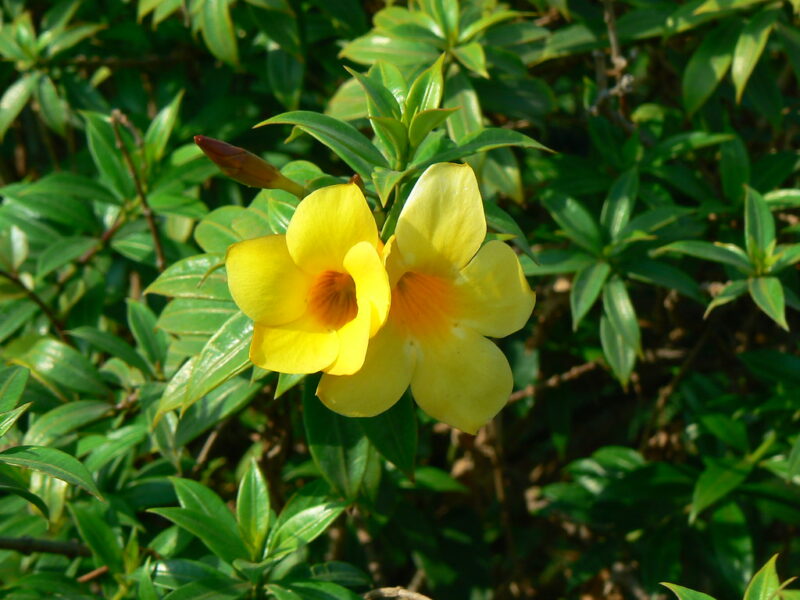
Allamanda is a fast-growing vine known for its bright yellow flowers and ability to tolerate heat well. When planted in May, it establishes quickly, seeking structures to climb. Regular watering and pruning help maintain its size and promote blooming throughout the summer season.
Tropical Perennial Flowers to Plant
Tropical perennials bring a lush, vibrant aesthetic that can withstand the intense heat of Zone 9b. Here are ten perennial flowers to consider planting in May:
Daylilies
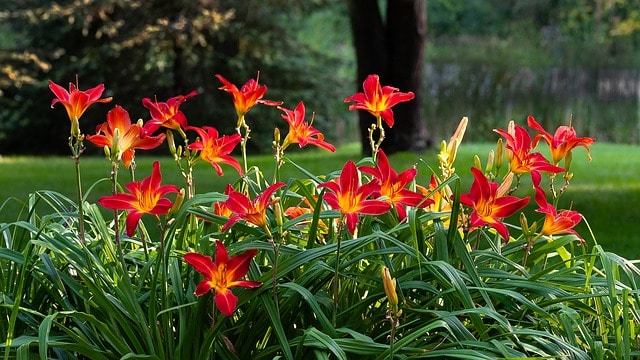
Daylilies are versatile and thrive in a variety of conditions but perform particularly well in the heat. They are drought-tolerant once established and bloom in stunning colors. Planting in well-drained soil with at least 6 hours of sunlight leads to abundant flowers. Deadhead spent blooms to promote more flowering and ensure good air circulation to prevent disease.
Purple Coneflower (Echinacea)
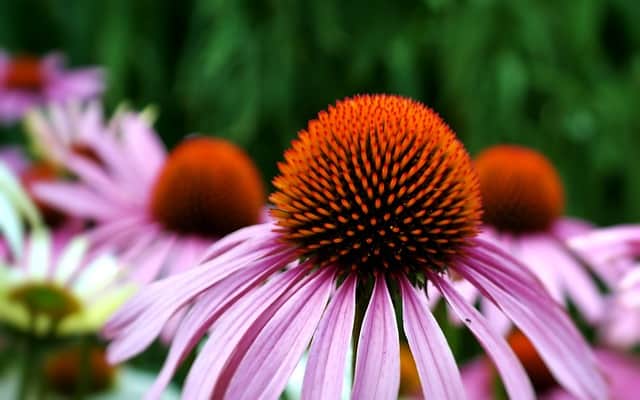
A resilient perennial that offers both beauty and bird-attracting seeds, purple coneflower thrives in full sun. Planting in May allows these flowers to establish themselves in the warming soil. They’re also drought-tolerant and attract beneficial pollinators. This hardy plant can cope with poor soil but appreciates a balanced fertilizer in spring to promote healthy growth.
Black-eyed Susan (Rudbeckia)
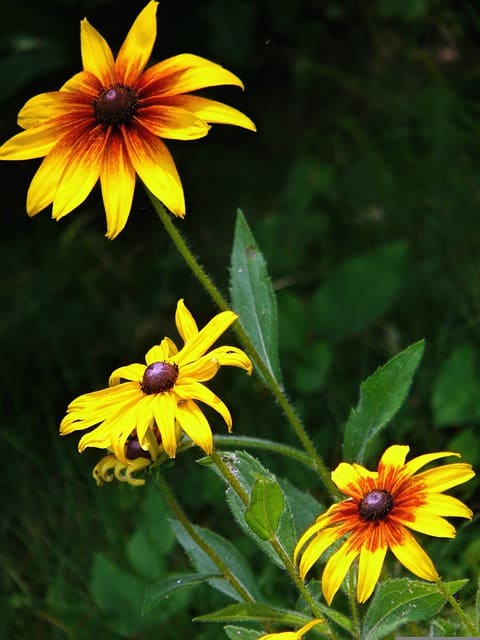
This cheerful perennial adds bright color to gardens while tolerating heat with ease. Plant in well-drained soil in full sun, and you can expect blooms from summer to fall. Deadheading the flowers encourages new blooms and keeps the plant tidy. They self-seed, so you might find new plants appearing in your garden in subsequent years.
Mexican Sage
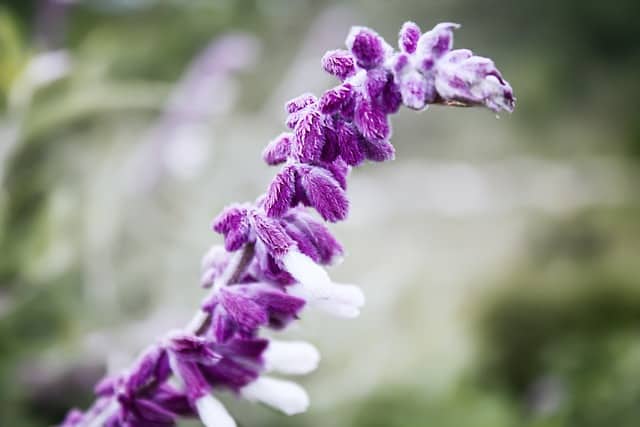
Known for its striking foliage and purple spikes, Mexican Sage loves heat and can thrive in poor soil. Planting in May ensures these plants flourish through the hottest months. Regular watering in the first year helps establish their root systems, after which they become drought-tolerant. Trim back spent flowers in spring for a tidy look and new growth.
Helenium
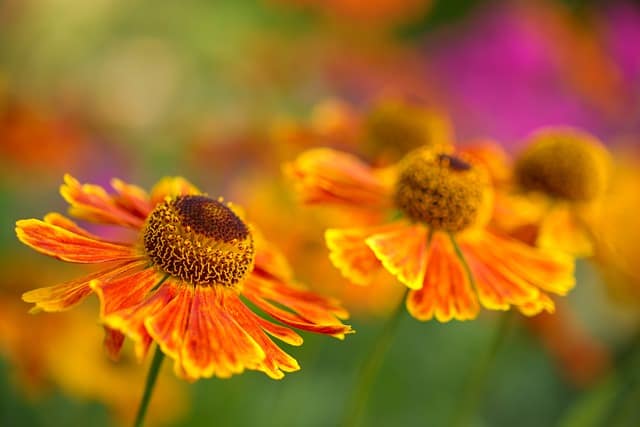
Helenium, commonly known as Sneezeweed, produces vibrant, daisy-like flowers. It thrives in sunny spots and is well-suited to the warm climate of Zone 9b, making May a great planting period. Ensure the soil is rich and well-draining, and they should bloom profusely throughout the summer. Deadhead to encourage continued blooming and provide adequate water during dry spells.
Coral Honeysuckle
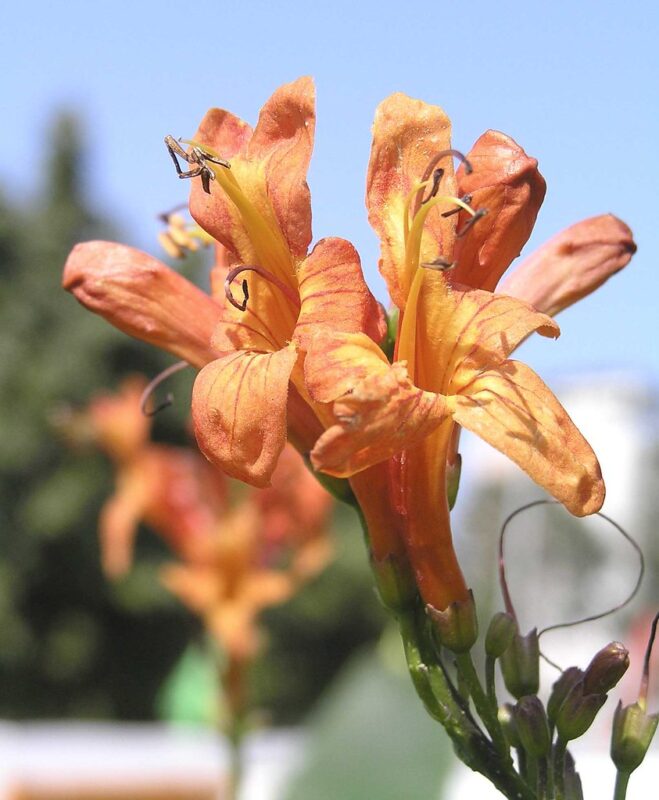
This perennial vine grows quickly and offers fragrant flowers, perfect for attracting hummingbirds. It thrives in sunny locations and can be established in May for persistent blooms. Provide a trellis or structure for support, and regular pruning will keep the plant manageable and promote denser growth.
Salvia
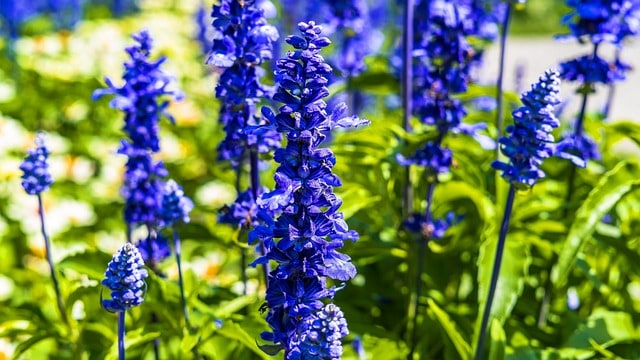
Salvia is a versatile perennial that attracts pollinators such as bees and hummingbirds. These drought-tolerant plants thrive in the heat and can be planted in May for vibrant summer color. Space plants adequately for improved air circulation and deadhead spent flowers to encourage continuous blooming.
Gaillardia (Blanket Flower)
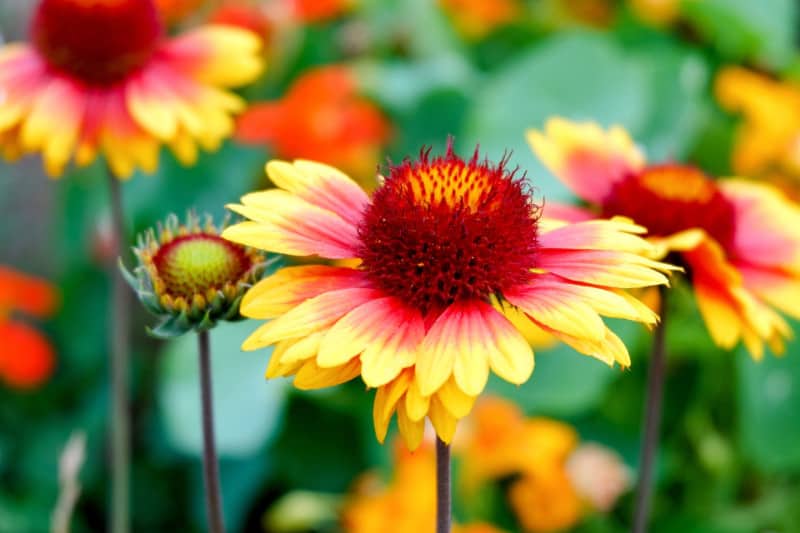
A robust perennial that enjoys full sun, Gaillardia can withstand drought and maintain bright color in your garden. Planting in May allows for establishment before peak summer heat. Regularly deadheading will promote more blooms and keep the plants looking tidy. They are also known to self-seed, creating a lively garden display year after year.
Sedum
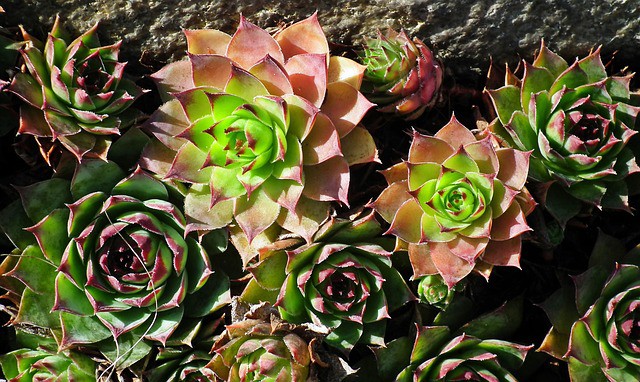
Sedum, or stonecrop, is a succulent perennial ideal for hot and dry locations. It’s incredibly low-maintenance, making it perfect for busy gardeners. When planting in May, ensure well-draining soil, as Sedum is sensitive to waterlogged conditions. These plants thrive in arid environments and produce lovely blooms in late summer.
Butterfly Bush
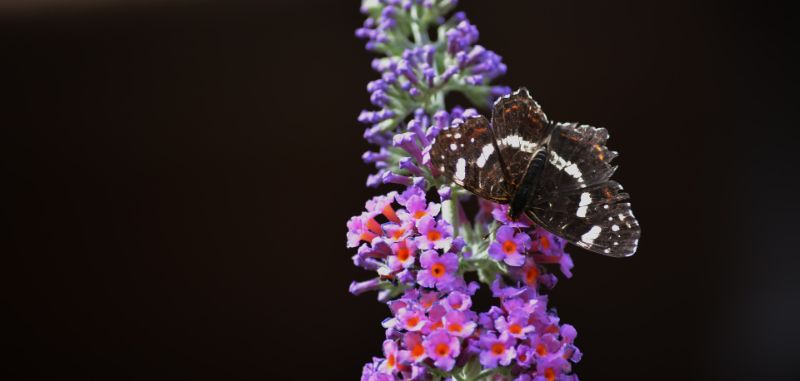
This perennial is known for attracting butterflies and thrives in sunny spots. Planting in May ensures they establish a strong root system before intense heat arrives. Provide well-draining soil and regular watering, especially during the early growth phase. Pruning in late winter encourages bushier growth and new blooms for the summer.
Tropical Bulbs To Plant
Zone 9b’s warm climate provides an ideal environment for various tropical bulbs that can deliver stunning visual appeal. Here are ten bulb plants to consider planting in May:
Dahlia
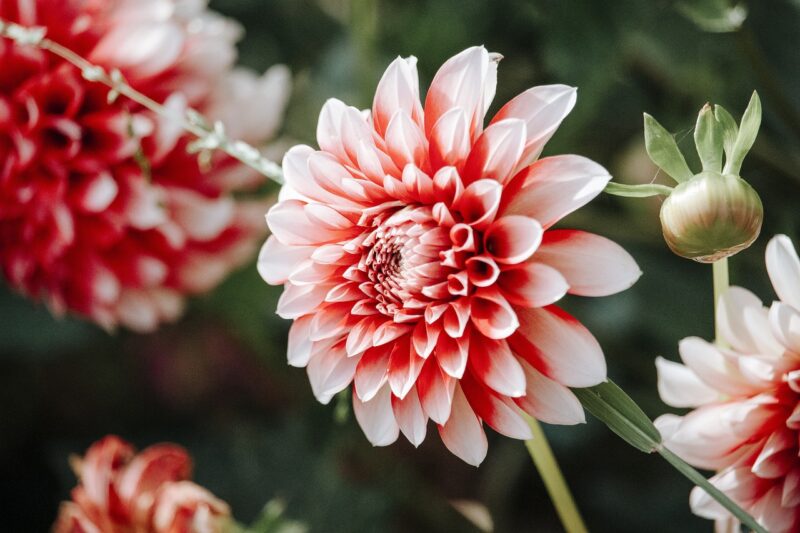
Dahlias come in a variety of shapes, colors, and sizes. Planting them in May allows for robust growth, providing flowers that last from summer through fall. They thrive in full sun and should be planted in well-drained soil with plenty of organic matter. Be sure to stake taller varieties to prevent them from falling over during wind or rain. Regular deadheading will encourage prolonged blooming.
Calla Lily
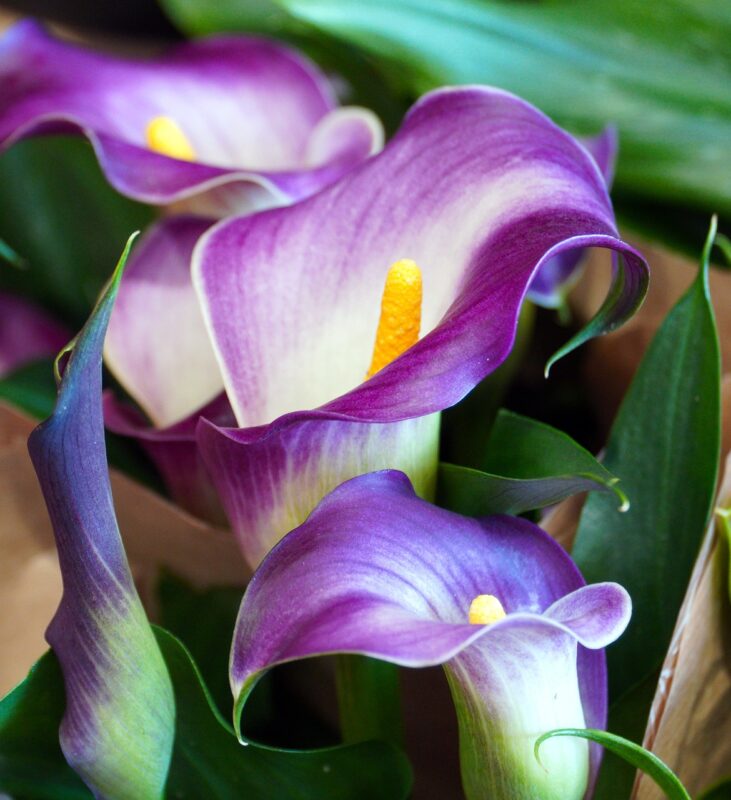
Calla lilies are elegant blooms that enjoy warm temperatures. Planting in May allows them to get established and thrive in the hot months. They like slightly moist, well-drained soil; regular watering is crucial for beautiful blooms. Mulching around the plants helps retain moisture and control weeds. Keep in mind that calla lilies can be sensitive to frost, so they should be removed to a warmer location if temperatures drop.
Cannas
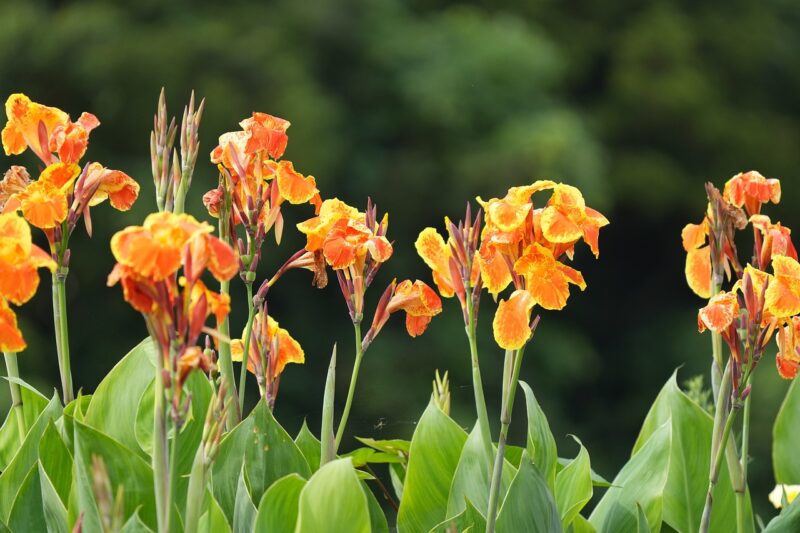
Cannas are known for their dramatic foliage and vibrant flowers. They flourish in warm conditions and can be planted in May for a tropical touch in gardens. They prefer rich, well-draining soil with regular watering to maintain moist conditions. Be aware of their height, as larger varieties might require staking in windy areas. Cannas will continue to bloom throughout the summer, creating a lush, tropical atmosphere.
Gladiolus

Planting gladiolus bulbs in May adds vertical interest to the garden. They prefer well-drained, sunny areas and are tolerant of a variety of soils. Space the bulbs about 6 inches apart and cover them with soil to the recommended depth. Gladiolus is known for its striking floral displays and will bloom from mid-summer onward when planted properly. Water them regularly, especially during flower development.
Amaryllis
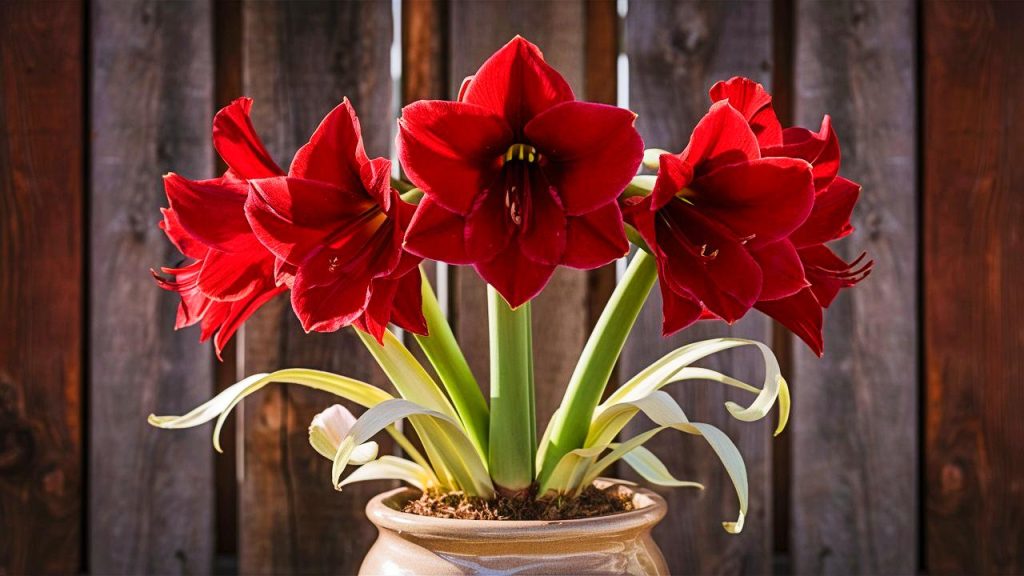
Though typically spring-blooming, certain varieties can be planted in May for summer flowers. Amaryllis bulbs thrive in warm temperatures and well-drained soil, which is essential for preventing rot. These bulbs enjoy a sunny spot to produce vibrant blooms that can last for weeks. Fertilizing with a balanced fertilizer once a month will enhance growth and flowering.
Tuberose

Tuberose offers fragrant petals that enrich gardens and thrive in warm climates. Planting them in May allows the bulbs to establish quickly. They prefer well-drained soil and full sunlight; mulching can assist in soil moisture retention. Regular watering during dry spells ensures healthy growth. These plants can take several months to bloom, so patience is necessary, but the reward of fragrance is well worth the wait.
Iris
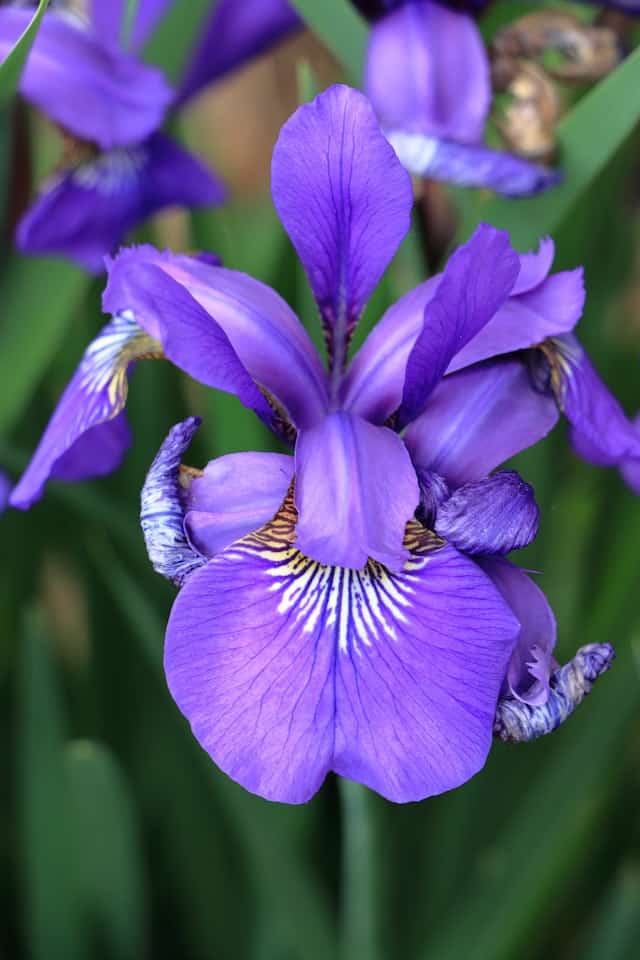
Iris bulbs are stunning perennial flowers, and planting them in May will allow them to flourish as the temperatures rise. They thrive in sunny areas with rich soil and require good drainage. Be careful not to plant them too deeply; the rhizomes should be exposed to light for successful growth. Complementing your garden’s landscape with various iris colors can provide a beautiful spring-to-summer display.
Freesia
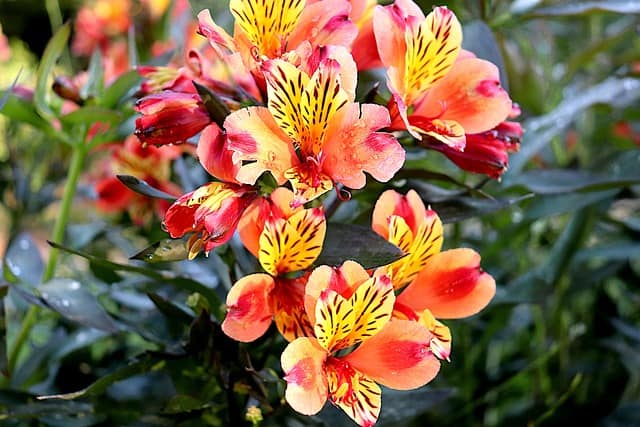
Freesia bulbs produce a deliciously fragrant flower and can be planted in May for summer blooms. These plants love well-draining soil and prefer bright sunlight. When planting in groups, ensure adequate spacing to promote airflow and prevent mildew. Fertilizing in mid-spring encourages vigorous growth and a more robust flowering period.
Elephant Ear (Colocasia)
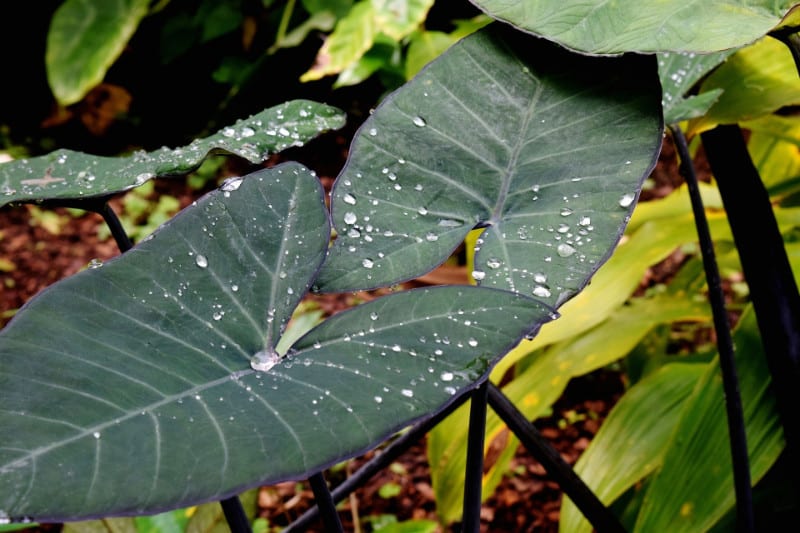
These dramatic foliage plants can tolerate significant heat and moisture. Planting in May will enhance your tropical garden with their massive leaves and lush appearance. They thrive in rich, organic soil and enjoy being watered regularly to remain consistently moist. Elephant ears can also attract beneficial insects, further enriching your garden’s ecology.
Bluebell Bulbs
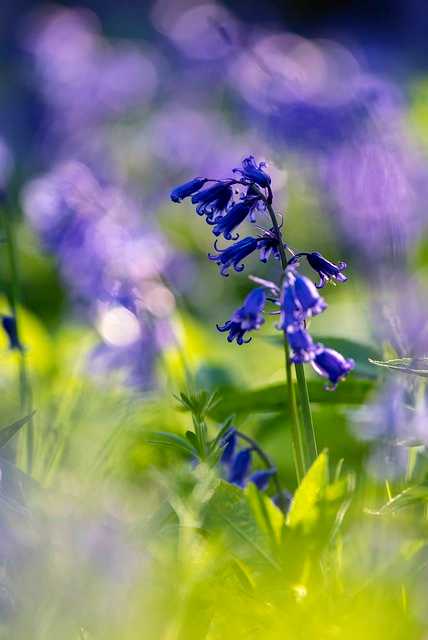
Though often associated with spring, bluebell bulbs can also be planted in May for a second bloom cycle. They thrive in well-drained, moist soil and prefer partial shade to protect them from the intense sun. Planting them late in the season allows for a lovely carpet of blue hue in the years to come as they naturalize in the garden.
Tropical Fruits to Plant
Growing tropical fruits in Zone 9b can be a delicious endeavor, especially with May planting. Here are ten tropical fruits you can add to your garden:
Tomatoes

Yes, tomatoes are technically a fruit! Starting your tomato plants in May ensures they’ll produce delicious fruits throughout the summer. Look for varieties well-suited to heat, like ‘Early Girl’ or ‘Cherokee Purple.’ Tomatoes thrive in well-draining soil and require consistent moisture. Using mulch can help retain soil moisture while preventing weeds. Regular harvesting encourages ongoing production.
Pineapple
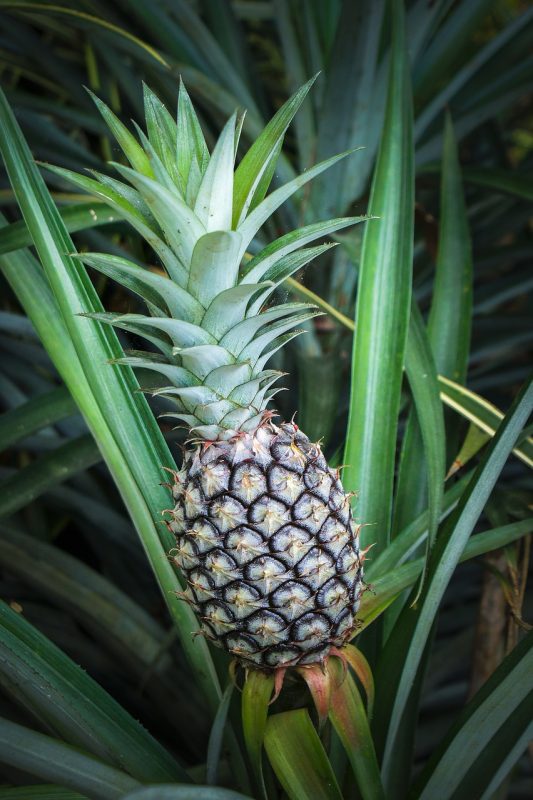
Pineapples thrive in warm conditions and can be easily propagated from the tops of store-bought fruits. Plant them in May for a flavorful yield within a couple of years. Pineapples prefer well-draining soil and full sun. Water them regularly during their first year of growth, then taper off during dormancy. If possible, provide a little afternoon shade during extreme heat.
Papaya
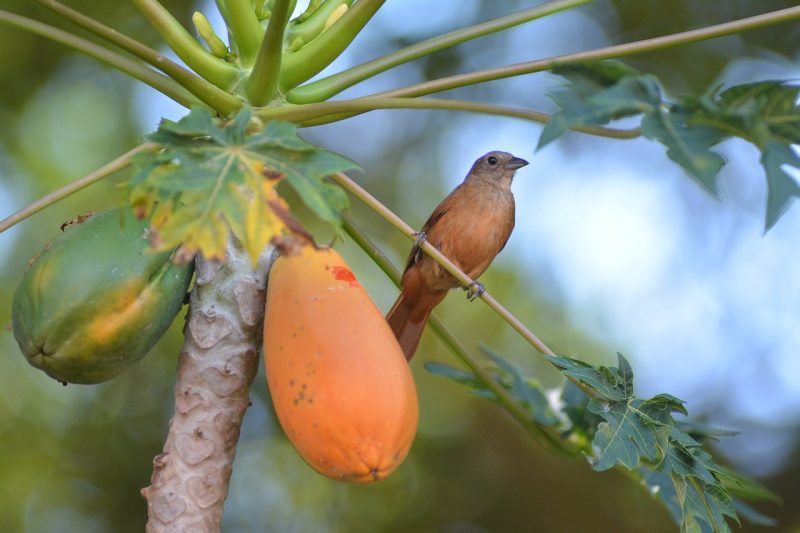
Papayas flourish in warm, sunny environments. Planting seeds in May will yield fast growth in just a few months. Use nutrient-rich, well-draining soil and provide consistent moisture to promote healthy growth. Papayas can reach substantial height and may require staking for support as they grow. These trees often bear fruit within a year of planting, giving you a quick reward for your gardening efforts.
Guava
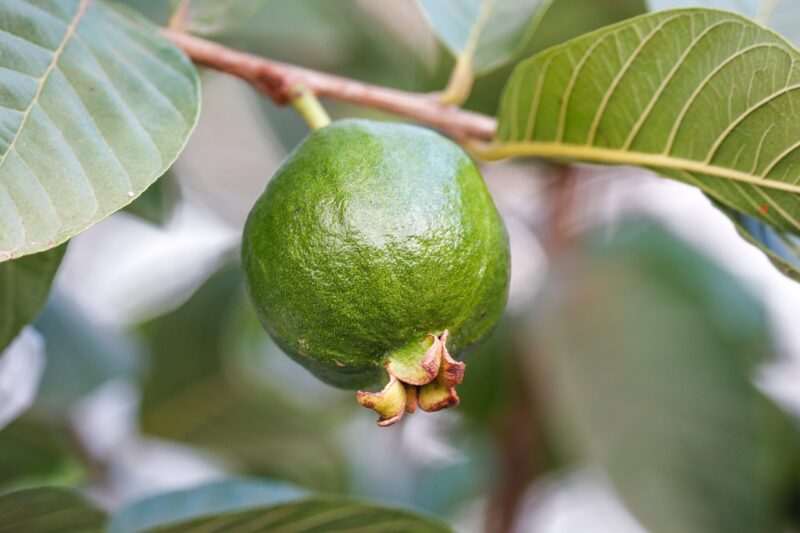
Guava trees produce sweet, aromatic fruits and flourish in hot climates. Planting in May allows for a robust growth season leading to rich fruiting later in the year. These trees prefer well-draining soil and sunshine. Guava trees are relatively low-maintenance; however, ensuring they have space to spread out will promote healthy growth and fruit production.
Dragon Fruit (Pitaya)
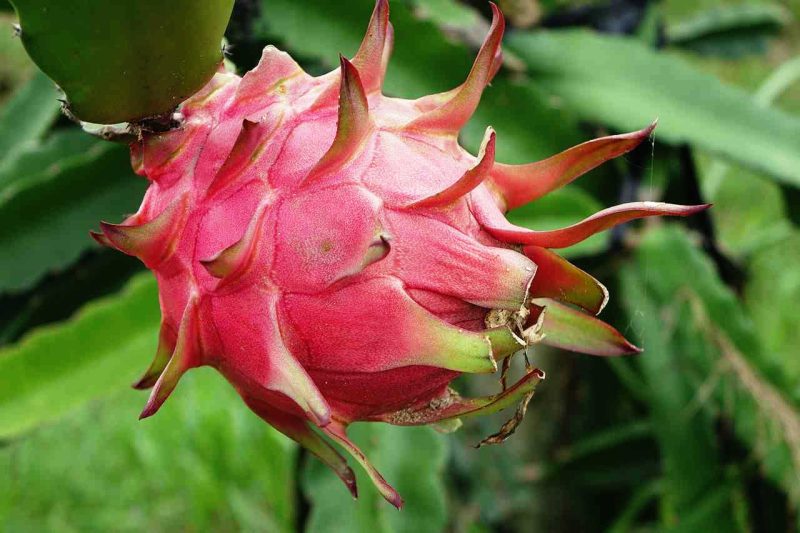
Dragon fruit is unique not only in appearance but also for its delightful flavor. These cactus fruits thrive in well-drained soil and hot climates. May is the perfect time for planting dragon fruit, as they establish quickly, producing fruits in their first growing season if conditions are right. Water the plants deeply but infrequently to promote root growth, and provide a trellis for support as they climb.
Citrus
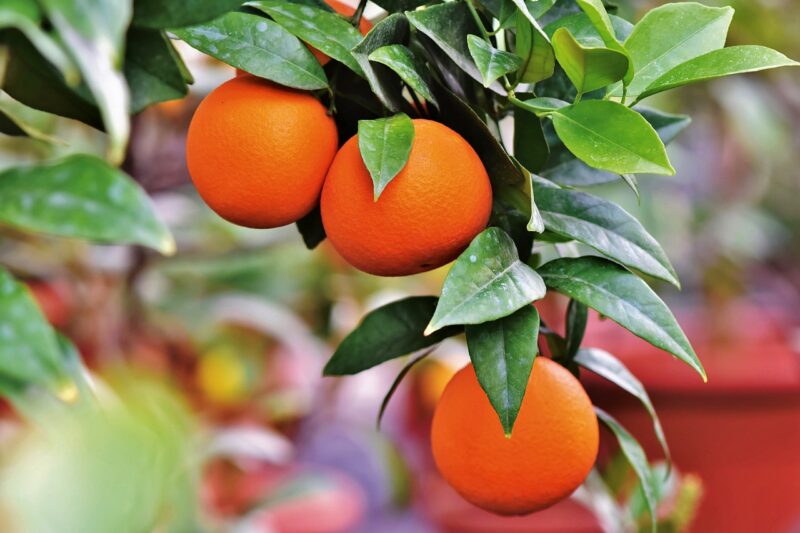
Citrus trees, such as oranges and lemons, thrive in sunny spots. Planting young trees in May allows for optimal growth and fruiting as they mature throughout the summer. Citrus prefers well-draining soil with plenty of organic matter. Water these trees thoroughly but don’t let them sit in water, as this can promote root rot. Regular fertilization will help support fruit development.
Fig
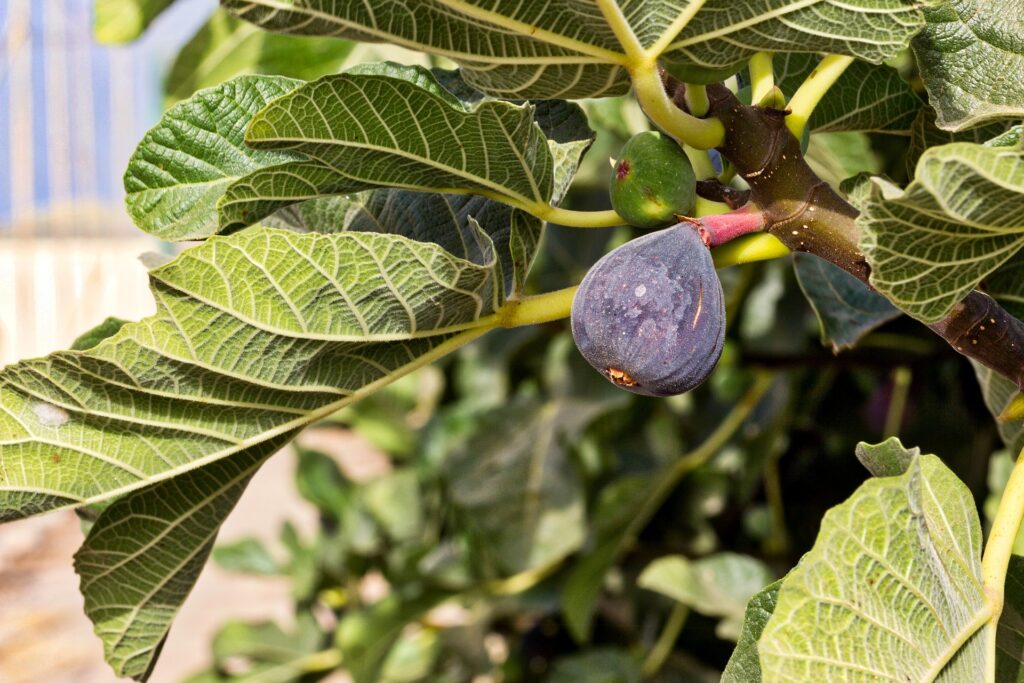
Figs are well-suited for warmer climates and can be planted in May for fruit in late summer. Provide ample sunlight and rich, well-draining soil. Figs do best in slightly drier conditions, so water infrequently once the plants are established. Regularly check for pests and diseases such as fig borers or leaf blight to ensure your crop remains healthy.
Mulberry
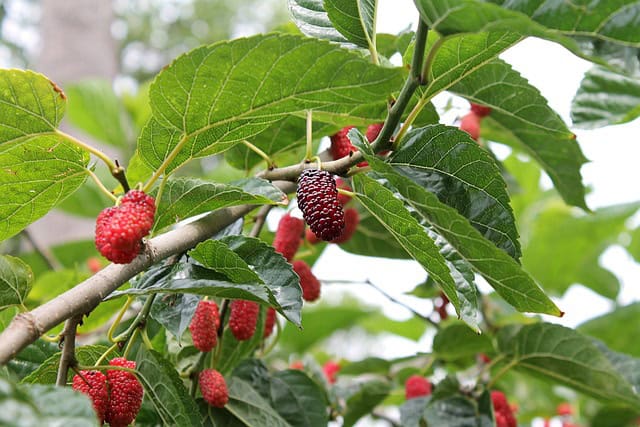
Planting mulberry trees in May can lead to bountiful fruit production. They tolerate various soil types and thrive in warm conditions, making them ideal for Zone 9b. Generally pest-resistant, mulberries are relatively easy to grow. Ensure they have enough space due to their potential size, and enjoy a green foliage backdrop before the sweet fruits arrive.
Kiwi
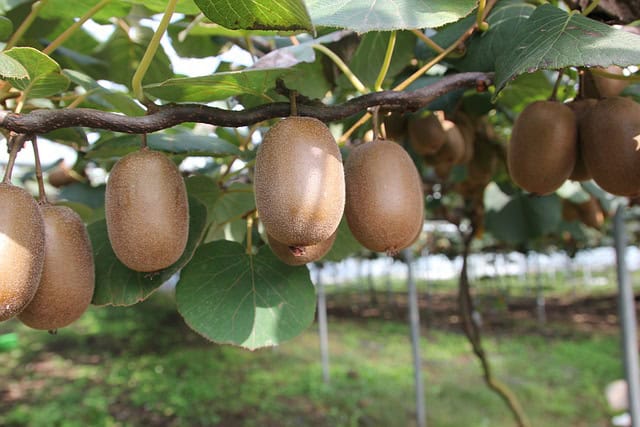
Parts of Zone 9b can support kiwi vines, particularly the ‘Hardy Kiwi’ variety. Planting them in May allows these vines to establish and produce luscious fruits in the following seasons. Kiwi vines prefer sunny locations and well-drained soil; regular pruning is essential to maintain a productive plant. They require a male and female plant for pollination, so plan your planting accordingly.
Passion Fruit
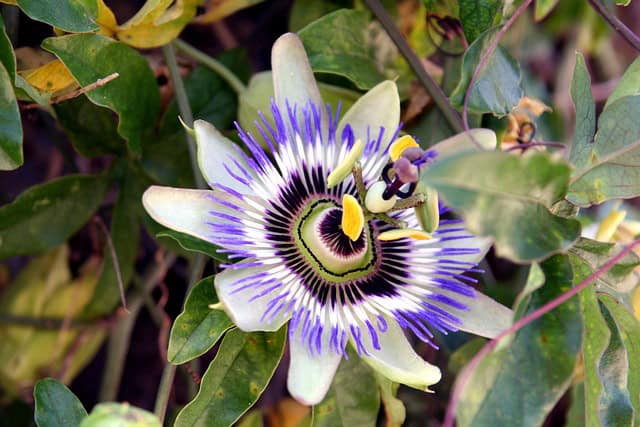
Passion fruit vines love the warmth and grow rapidly. Planting in May will yield delightful, aromatic fruits within the same growing season, given the right care. These plants prefer full sun and well-draining soil; regular watering will help maintain moisture without waterlogging. Providing a strong trellis for climbing is essential for support and maximizing sunlight exposure.
Herbs To Plant
Herbs are essential for any garden, providing flavor, fragrance, and beauty. Zone 9b allows for various herbs to be planted in May:
Basil
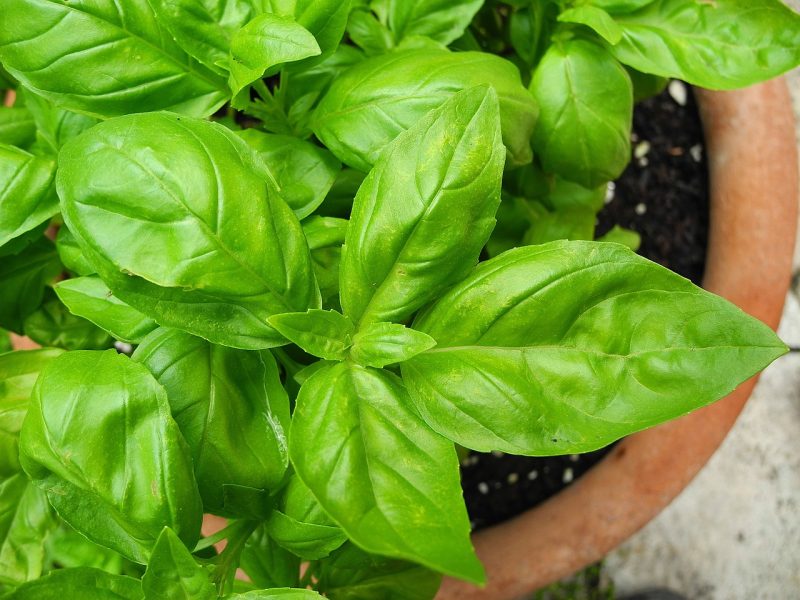
Basil loves warmth and sun, making it perfect for planting in May. Frequent harvesting encourages bushy growth, and it can be enjoyed fresh or dried. Ensure well-draining soil with plenty of organic matter for the best results. Regular watering is crucial but be cautious of wet foliage to prevent fungal diseases. Pinching off flowers will extend its harvest period.
Oregano
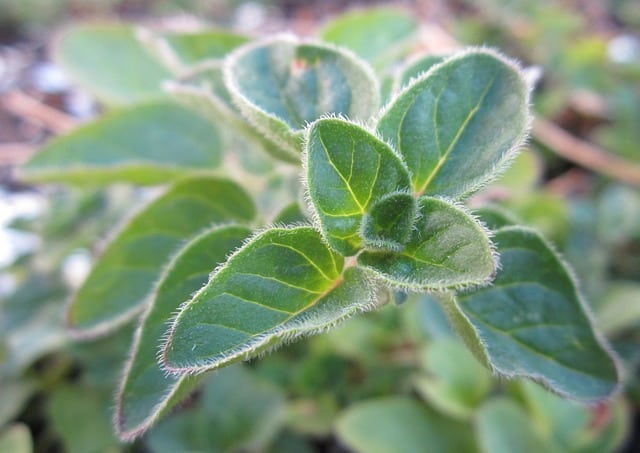
Oregano thrives in full sun and drought conditions, lending its aromatic flavor to countless dishes. Planting it in May establishes a robust perennial that continually grows back. Use sandy, well-drained soil, and be careful not to overwater. Oregano is generally pest-resistant, making it a favorite for gardeners.
Thyme
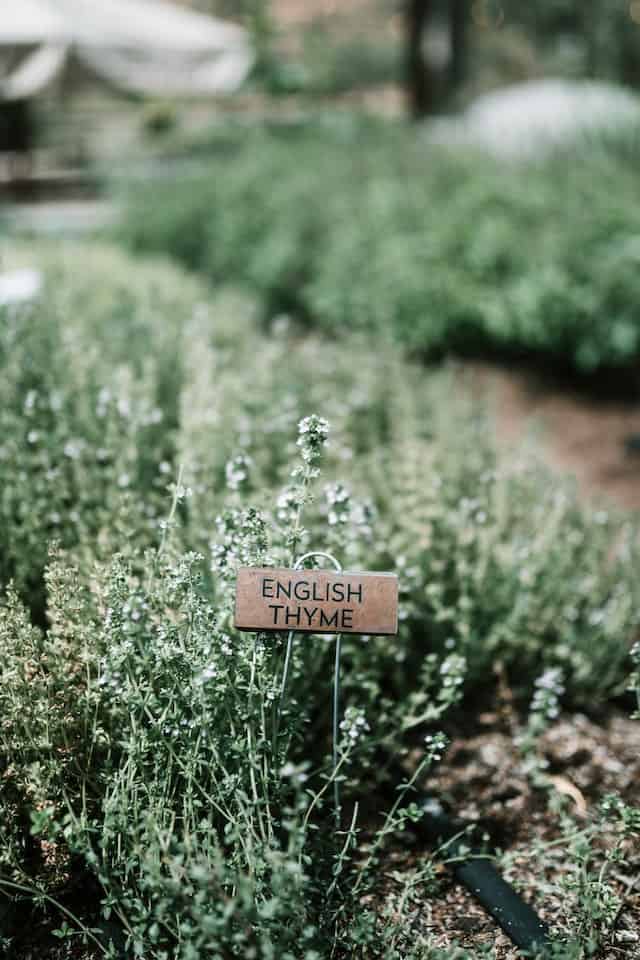
Thyme is a versatile herb that withstands heat well, making May the perfect planting time. It flourishes in sunny spots and well-drained soil, requiring minimal care once established. Regular pruning encourages bushiness, and thyme maintains its flavor and aroma even as it flowers.
Cilantro
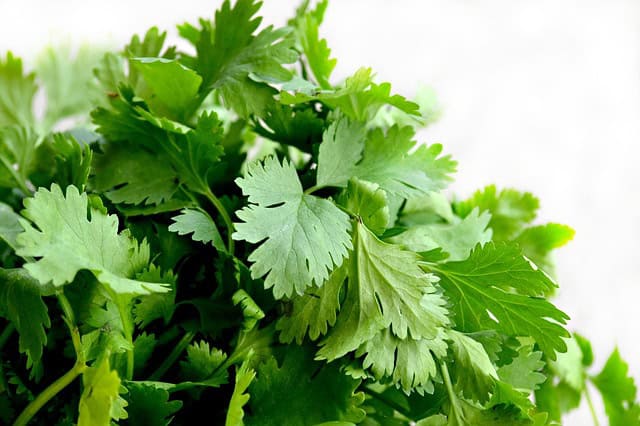
Cilantro can be tricky due to its quick bolting in heat. However, planting it in early May allows for a quick harvest before the peak summer heat causes stress. Select a spot with partial shade during the hottest parts of the day, and ensure consistent moisture. If allowed to flower, let it go to seed to enjoy coriander in the future.
Chives
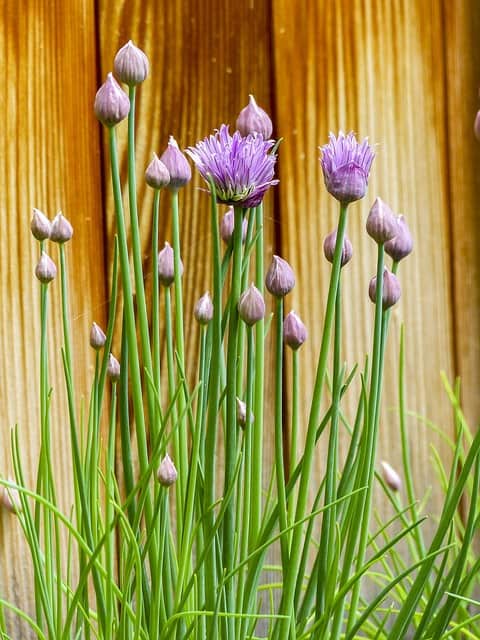
Chives are hardy and tolerant of heat and drought, making them a great choice for planting in May. They enjoy full sun and well-drained soil, and with proper care, they can provide regular harvests. Chives can even flower, providing lovely purple blooms that attract pollinators.
Dill
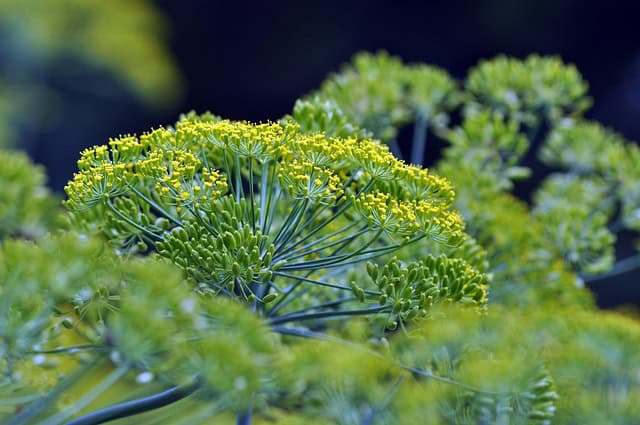
Dill loves the sun but can bolt with extreme heat. Planting it early in May gives it a chance to establish before temperatures soar. It prefers well-draining soil and regularly watering will encourage fresh growth. Dill’s delicate fronds and seeds are widely used, and harvesting at the right time offers a beautiful flavor.
Rosemary
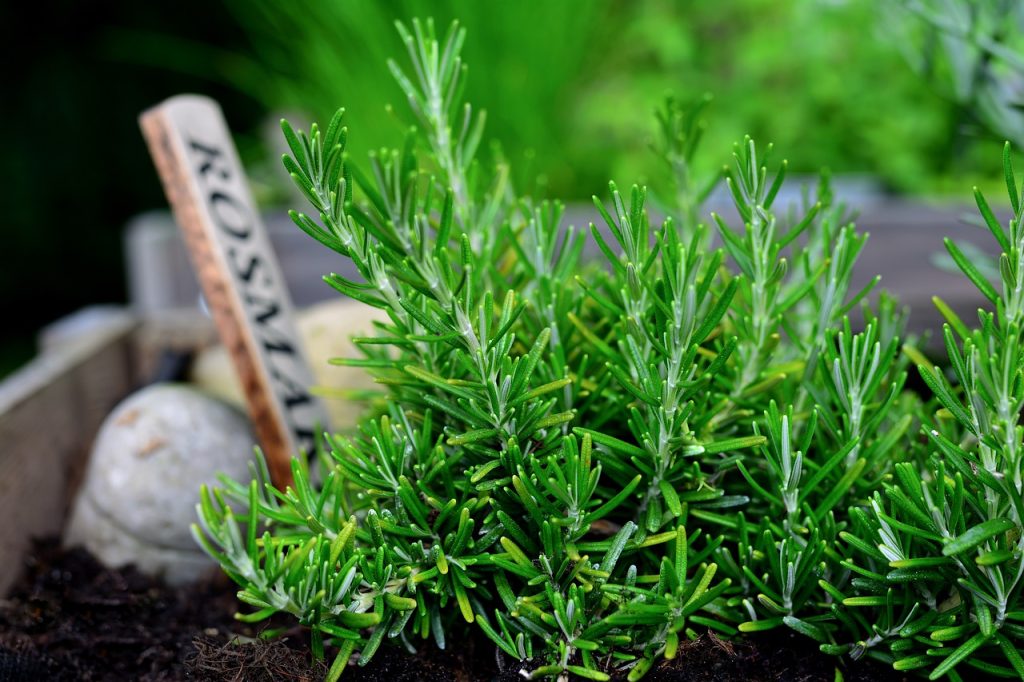
This aromatic herb thrives in well-drained soil and full sun. Planting rosemary in May allows for year-round growth. Space the plants adequately for air circulation and water when the soil feels dry. Since rosemary prefers a drier environment, be cautious not to overwater.
Sage
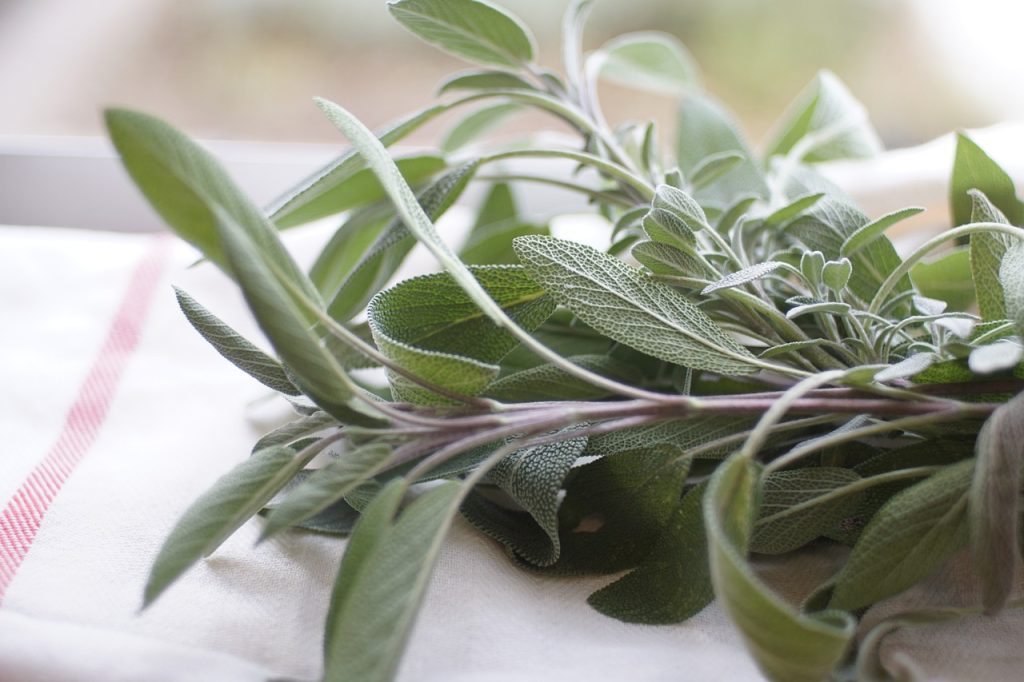
Sage is heat-tolerant and can withstand the summer sun well. Planting in May enables it to establish for cooking throughout the summer. Thriving in poor soil, sage prefers dry conditions, so only water when necessary. It grows stunningly with a dense foliage perfect for culinary use.
Mint
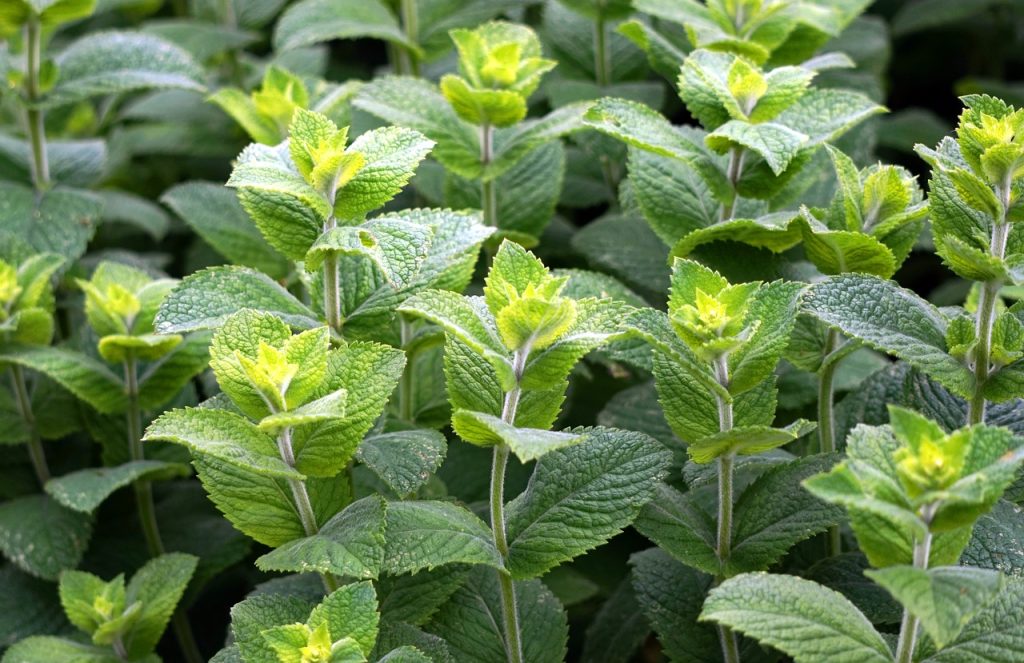
Mint can be invasive, so plant it in a container if possible. May is perfect for planting, breeding rapidly in warm conditions and offering refreshing flavor. Regular harvesting encourages growth; however, to prevent overwhelming your garden, consider containing it within a pot.
Tarragon
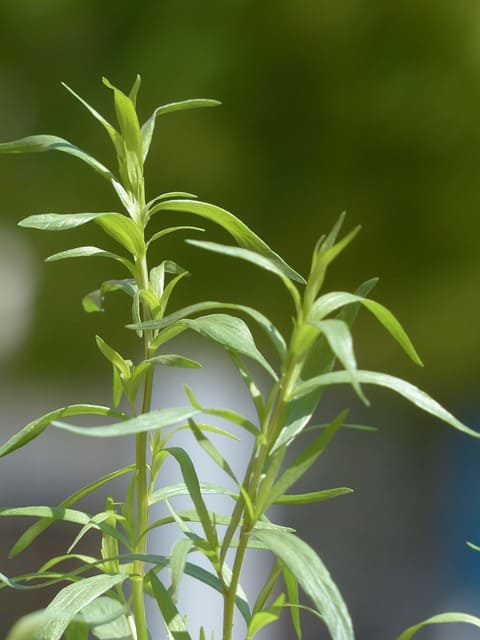
Tarragon prefers well-drained soil and can thrive in warm conditions. Planting in May allows for robust growth as temperatures rise. Regular pruning keeps it bushy and encourages new growth, offering plenty of flavorful leaves for culinary uses throughout the summer.
Tropical Landscape Plants To Plant
Enhancing your landscape with tropical plants adds depth and interest to your garden. Here are ten tropical landscape plants to consider planting in May:
Golden Barrel Cactus
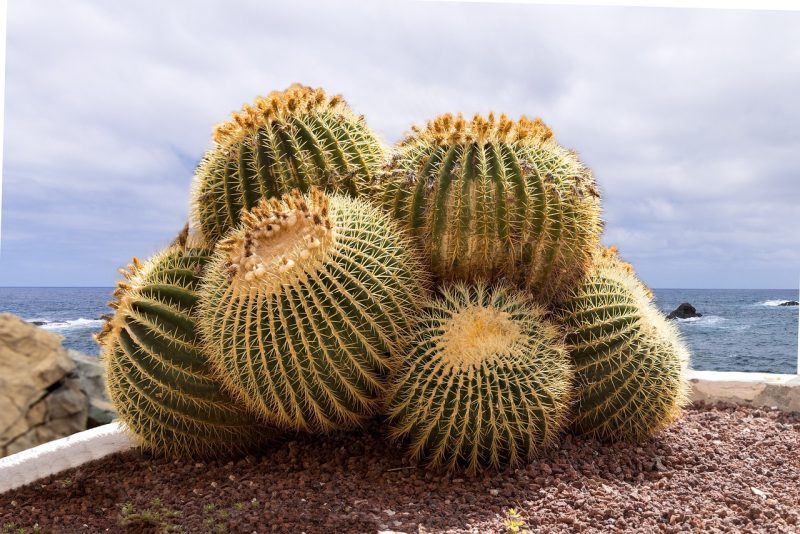
This iconic cactus is perfect for hot, sunny spots and adds unique visual interest to gardens. They are drought-tolerant and can thrive with minimal care, making them low-maintenance. Plant them in well-drained soil and ensure they receive at least 6 hours of direct sunlight daily for optimal growth.
Canna Lily

With their tropical foliage and colorful flowers, canna lilies thrive in warm conditions. Planting them in May allows for a lush display throughout the summer. Provide rich, well-draining soil, and keep the soil consistently moist, especially in hot weather. Regular deadheading encourages more blooms, so be proactive.
Bamboo
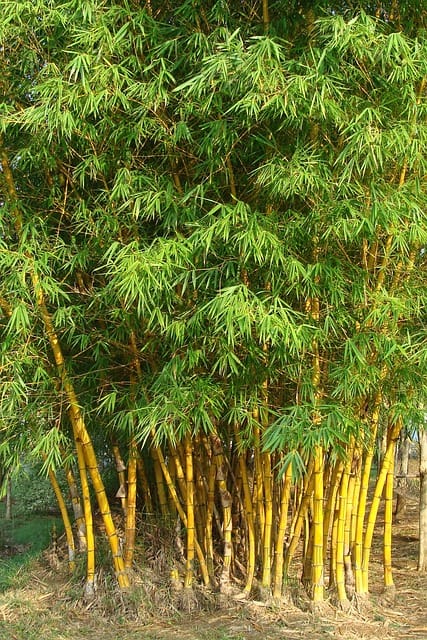
Fast-growing bamboo can provide privacy and aesthetic appeal. May is ideal for planting to help it establish before peak heat conditions. Select a non-invasive variety if planting in ground beds. Bamboo prefers consistently moist soil and partial shade to protect against scorching sun until established.
Ti Plant

The Ti plant adds a tropical flair with colorful, lush foliage. These plants thrive in bright sunlight and warm temperatures, making May a good planting time. Provide well-drained soil and mulch to retain moisture. Regular watering is crucial until the plant establishes itself.
Ficus
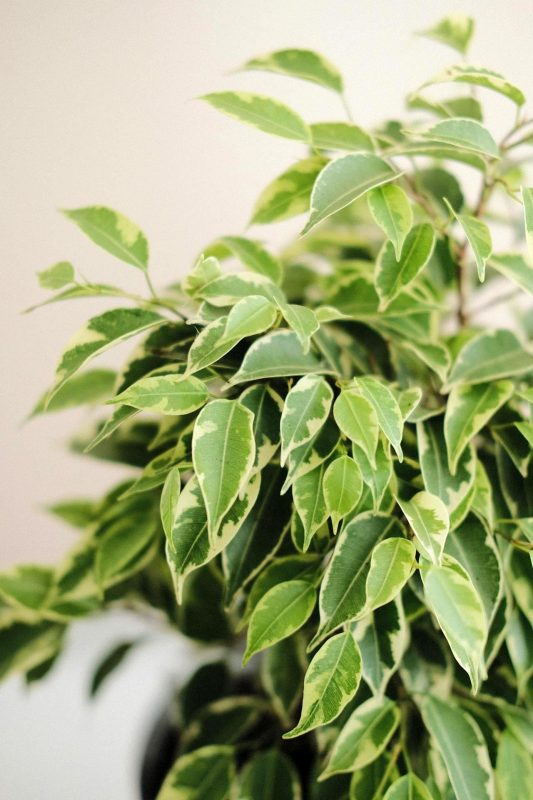
Ficus trees, including the popular weeping fig, can provide shade and great aesthetics. They do well in heat and can be planted in May. Full sun to partial shade and regular watering aids their growth. Prune regularly to maintain shape and encourage fuller growth.
Bird of Paradise
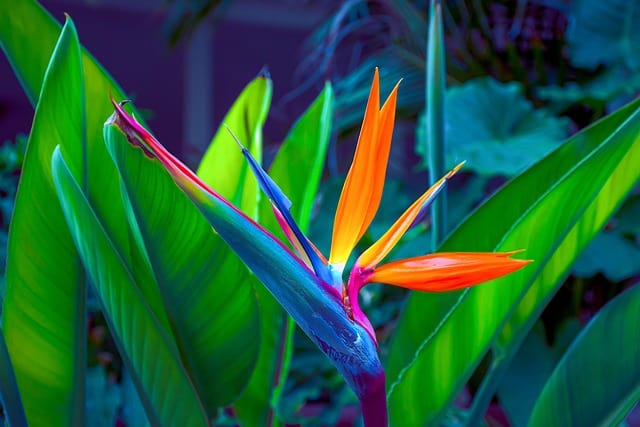
This exotic plant showcases stunning flowers that attract pollinators. Planting in May allows them to thrive in the summer heat, ensuring striking blooms. They prefer full sun and well-draining soil; regular watering will help maintain their lush appearance.
Rubber Plant in Zone 9b
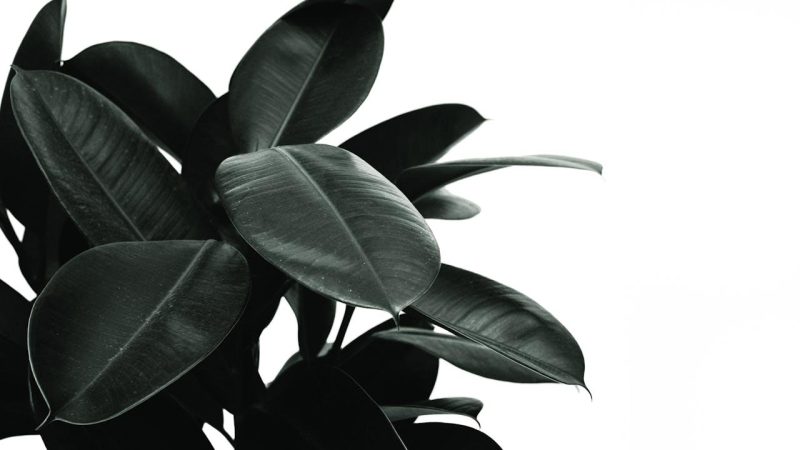
The rubber plant adds tropical touch indoors or outdoors. They thrive in the warm conditions of Zone 9b and do well in shaded or partially shaded areas. Well-draining soil is essential, and water should be ample but infrequent, allowing the soil to dry between waterings for healthy growth.
Alocasia
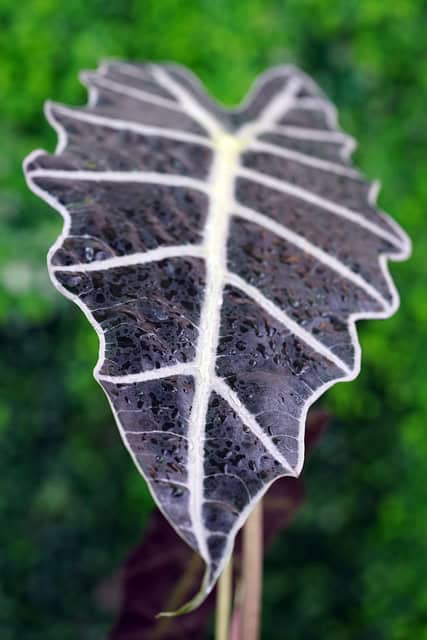
These tropical beauties offer stunning foliage that can add drama to any garden. Planting in May allows them to establish before the heat peaks. They prefer full sun to part shade and rich, moist soil. Regular watering will ensure vibrant growth throughout the summer.
Croton
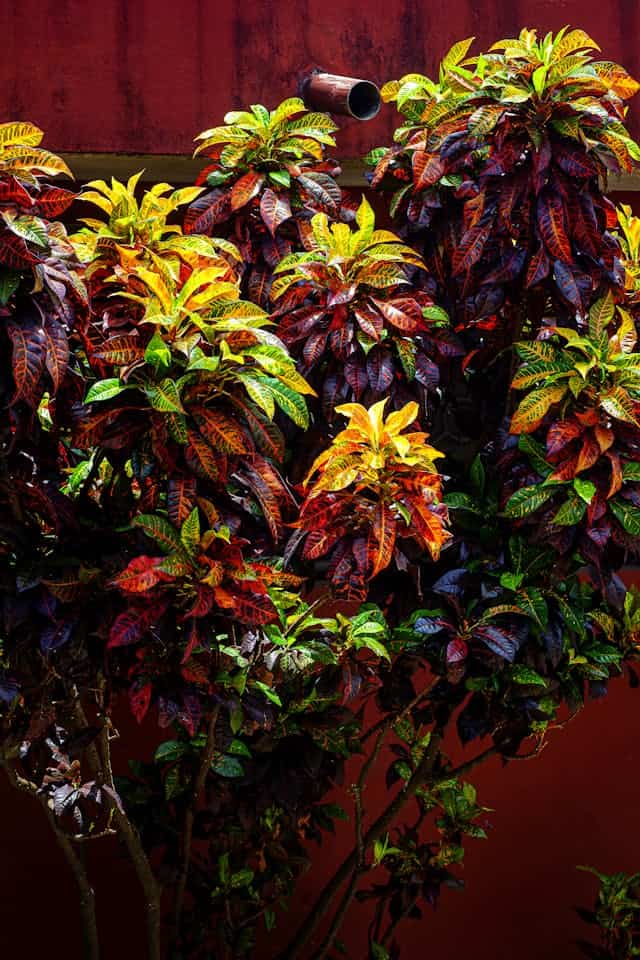
With its multi-colored leaves, Croton brings warmth and vibrancy. It’s a tropical plant well-suited for heat, making May a great time for planting. Plant in well-draining soil and provide plenty of sunlight for the best color variety. Profoundly enhance appearance through regular pruning.
FAQ
When is the last frost date in Zone 9b?
In Zone 9b, the last frost date typically falls between March 1 and March 15. This means by May, your garden should be frost-free, allowing for various plantings.
What should I avoid planting in the height of summer?
Plants that struggle with extreme heat include leafy greens like lettuce or spinach, which can bolt quickly. Consider planting them earlier in spring or in the fall for a successful crop.
How much water do these plants need?
Watering needs vary by plant, but generally, newly planted specimens require consistent moisture until established. As the heat increases, space deeper watering to help roots grow strong.
Can I grow these plants in containers?
Yes! Many of these plants, especially herbs and some flowers, thrive in containers. Ensure your pots have drainage and use a high-quality potting mix to achieve optimal growth.
What pests should I be aware of in Zone 9b?
Be on the lookout for aphids, spider mites, and whiteflies, especially in hotter months. Implementing good horticultural practices and organic pest control can effectively manage these pests.
May presents an exciting opportunity for gardeners in Zone 9b. With the wide variety of vegetables, flowers, fruits, herbs, and landscape plants available, you can cultivate a stunning and productive garden that withstands the tropical heat. Embrace these suggestions and enjoy the abundant blooms and bountiful harvests that come with May planting!



